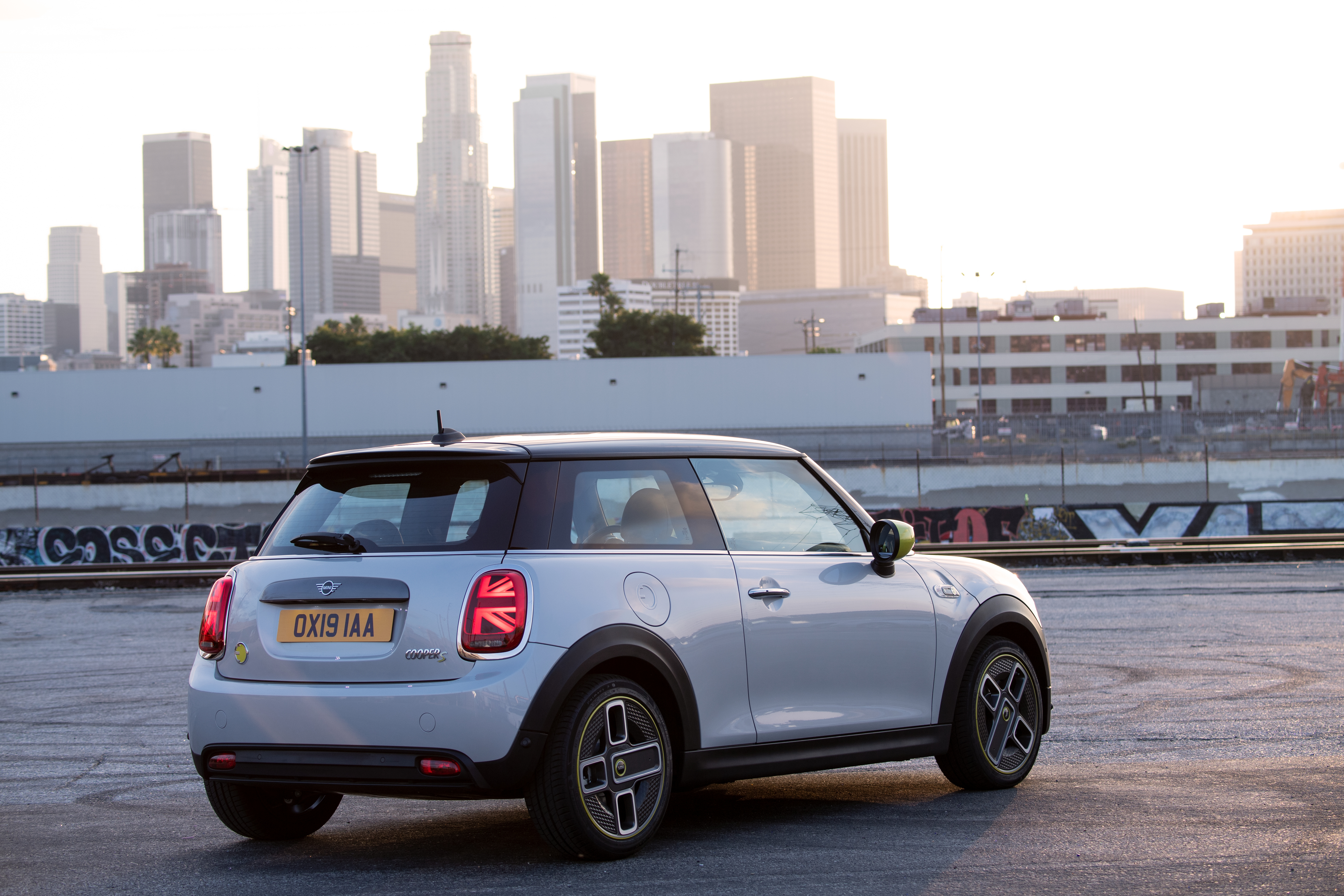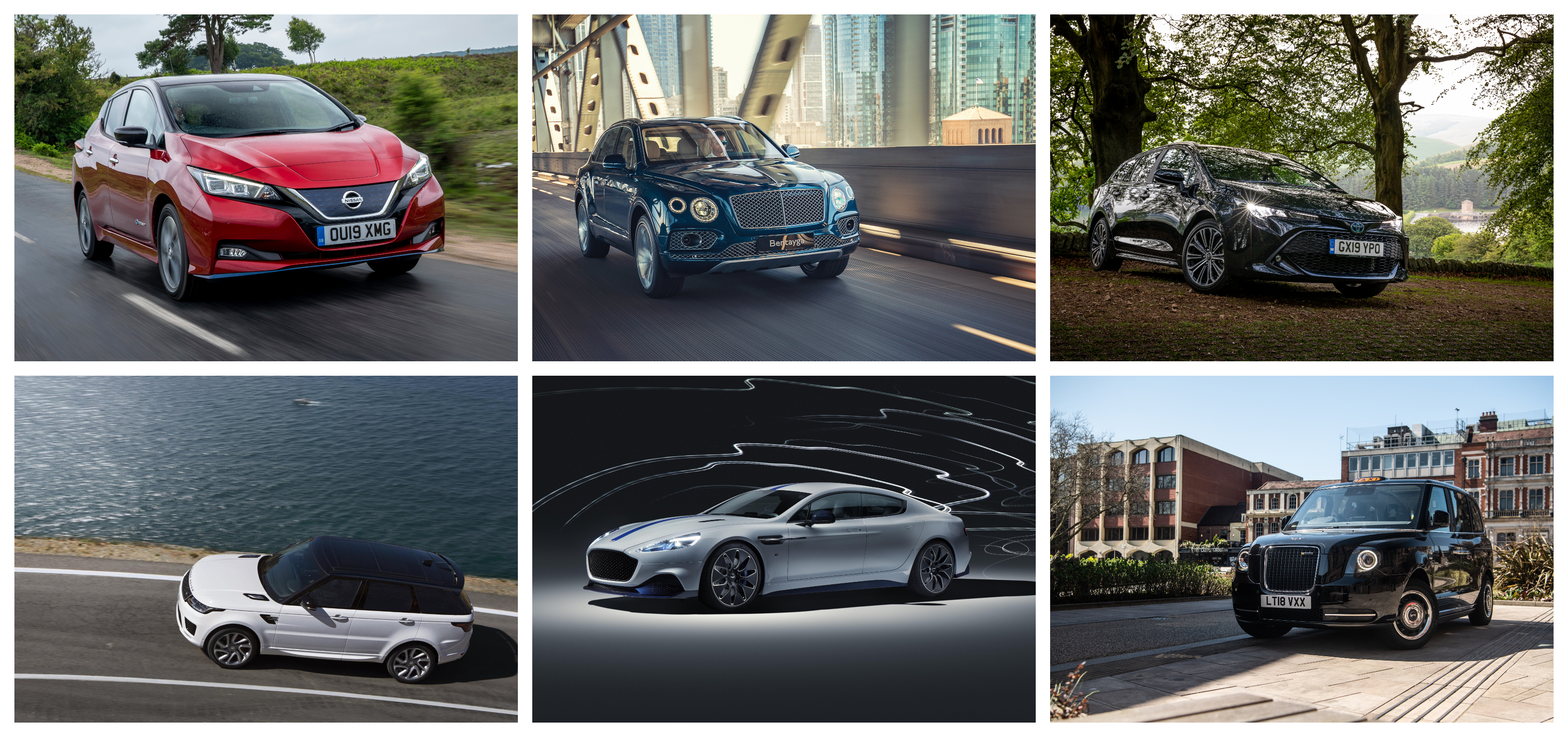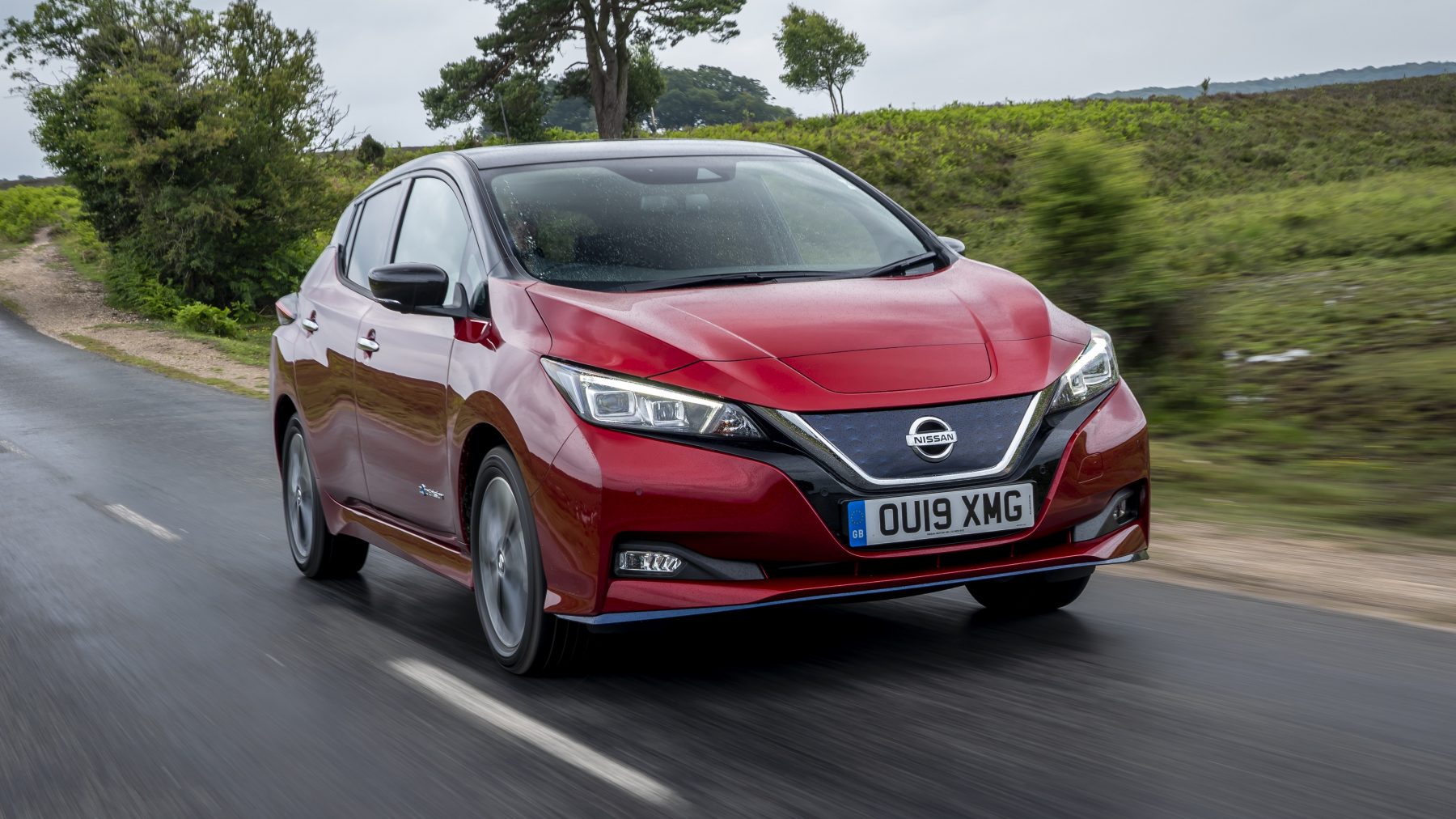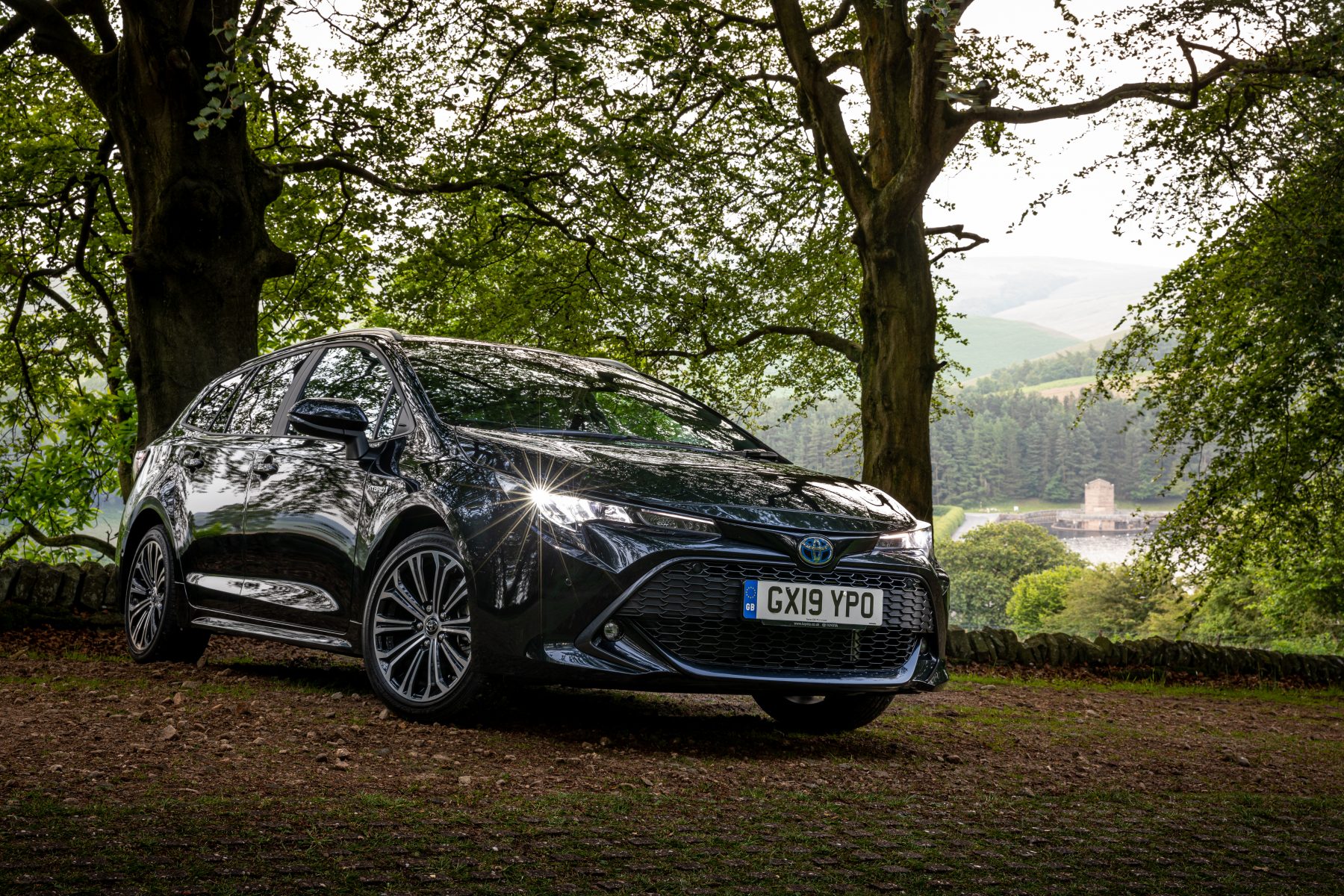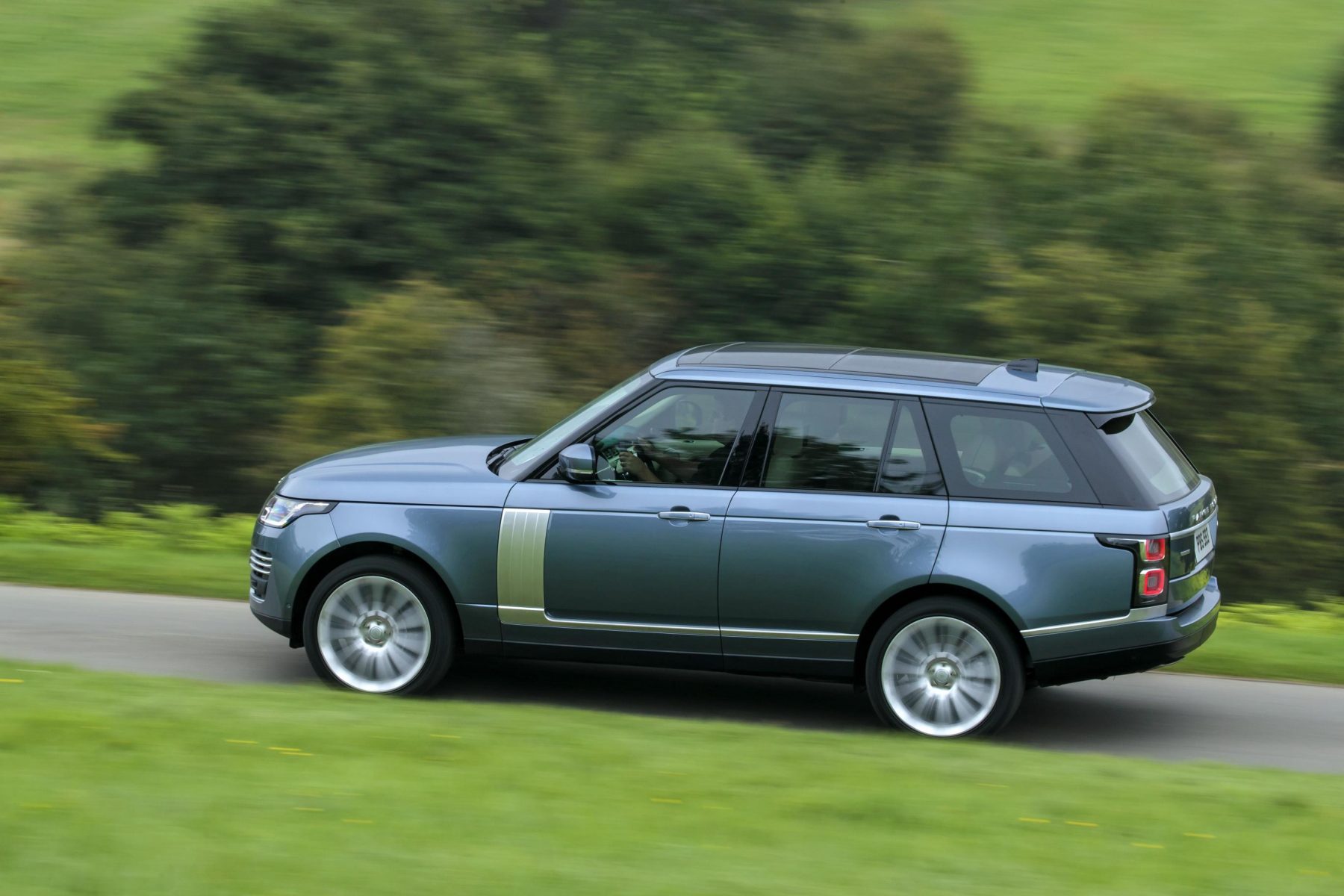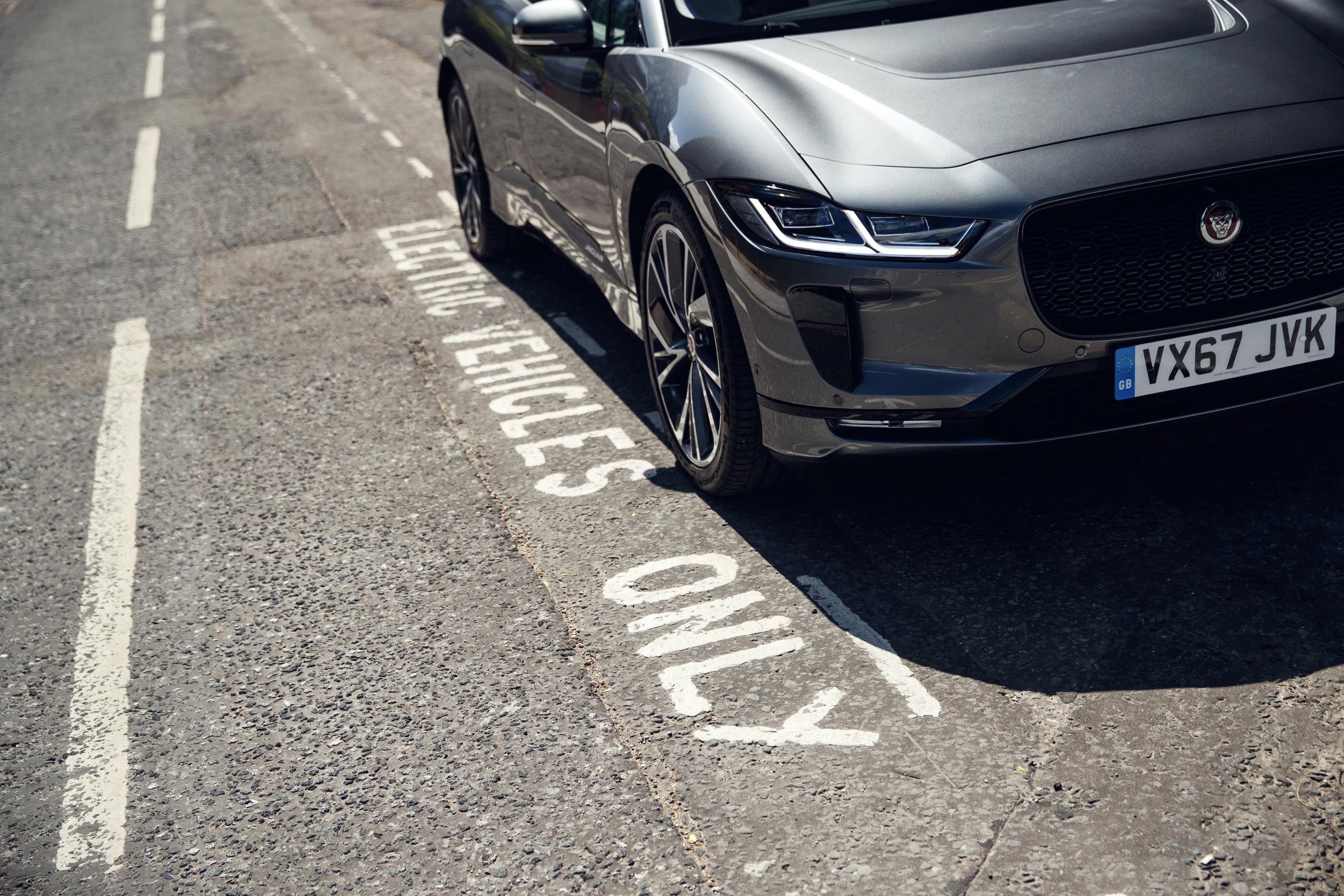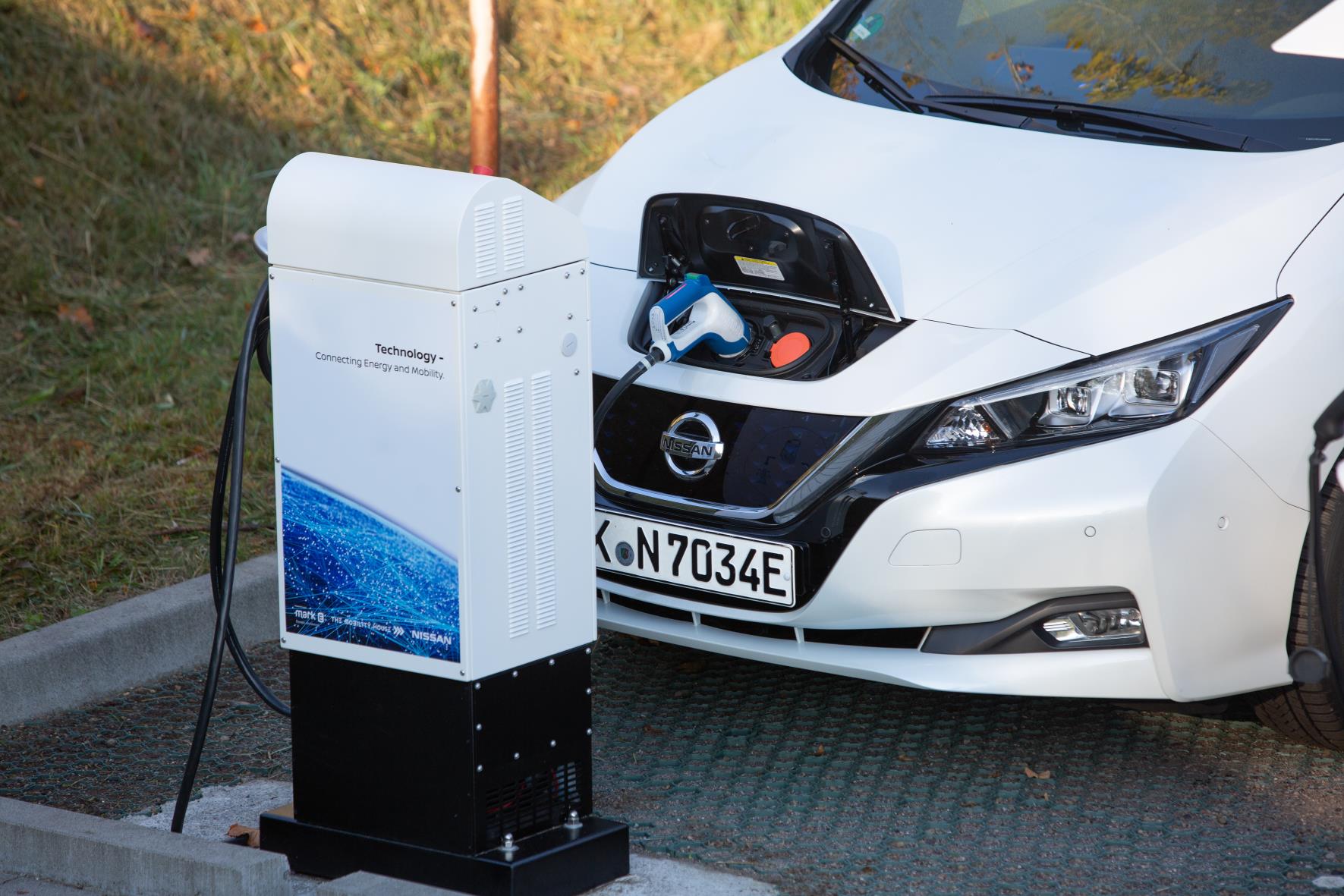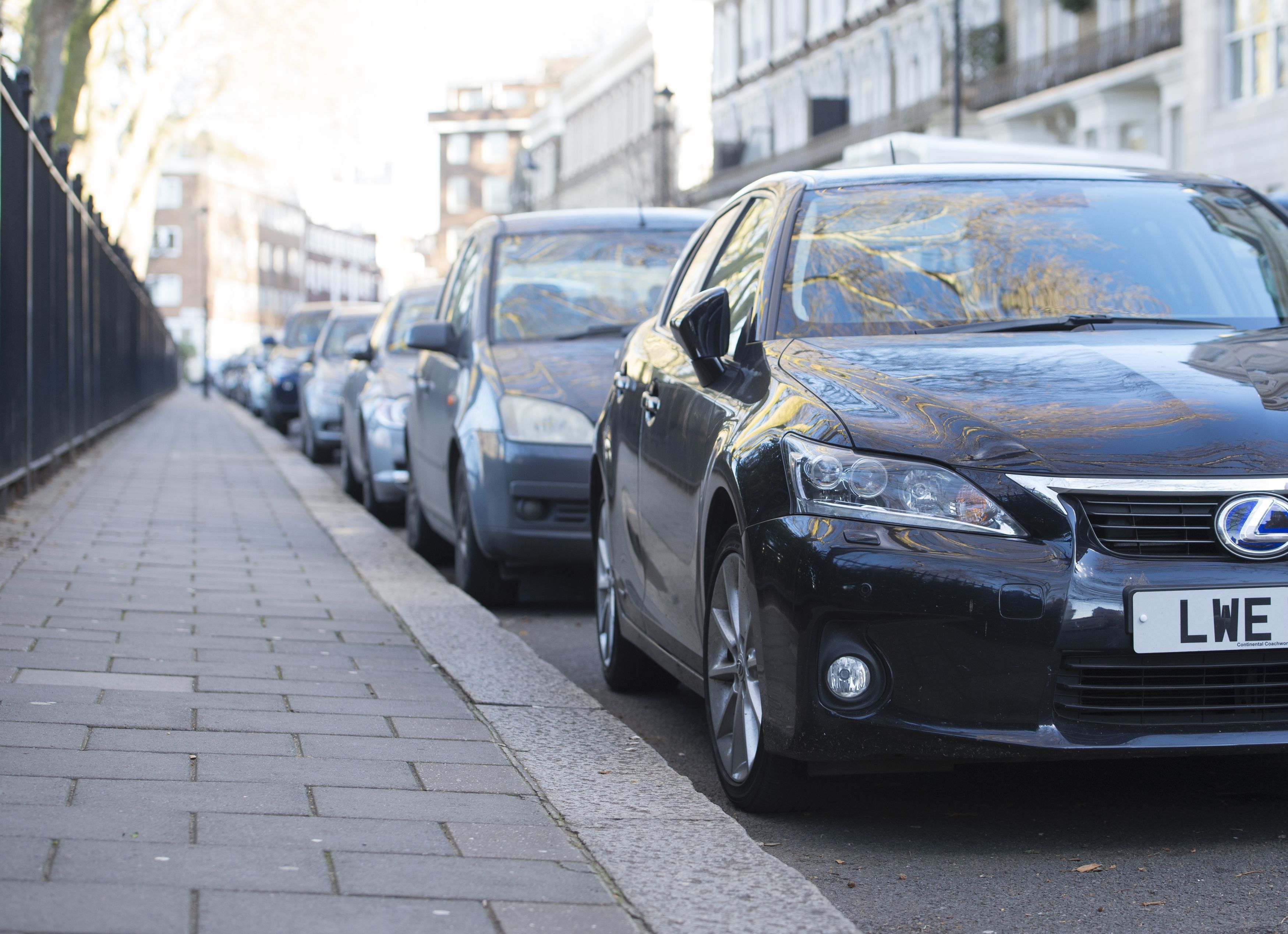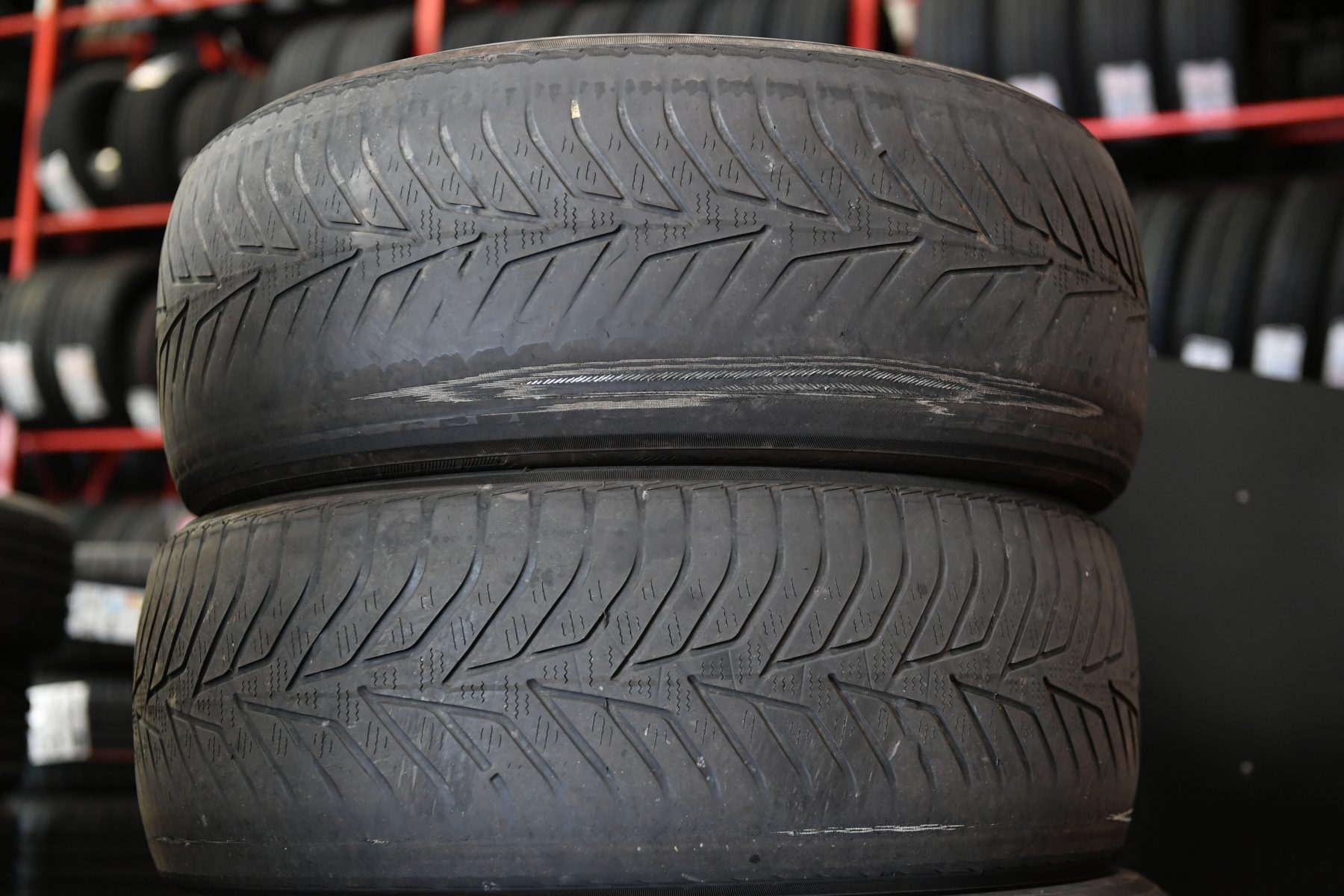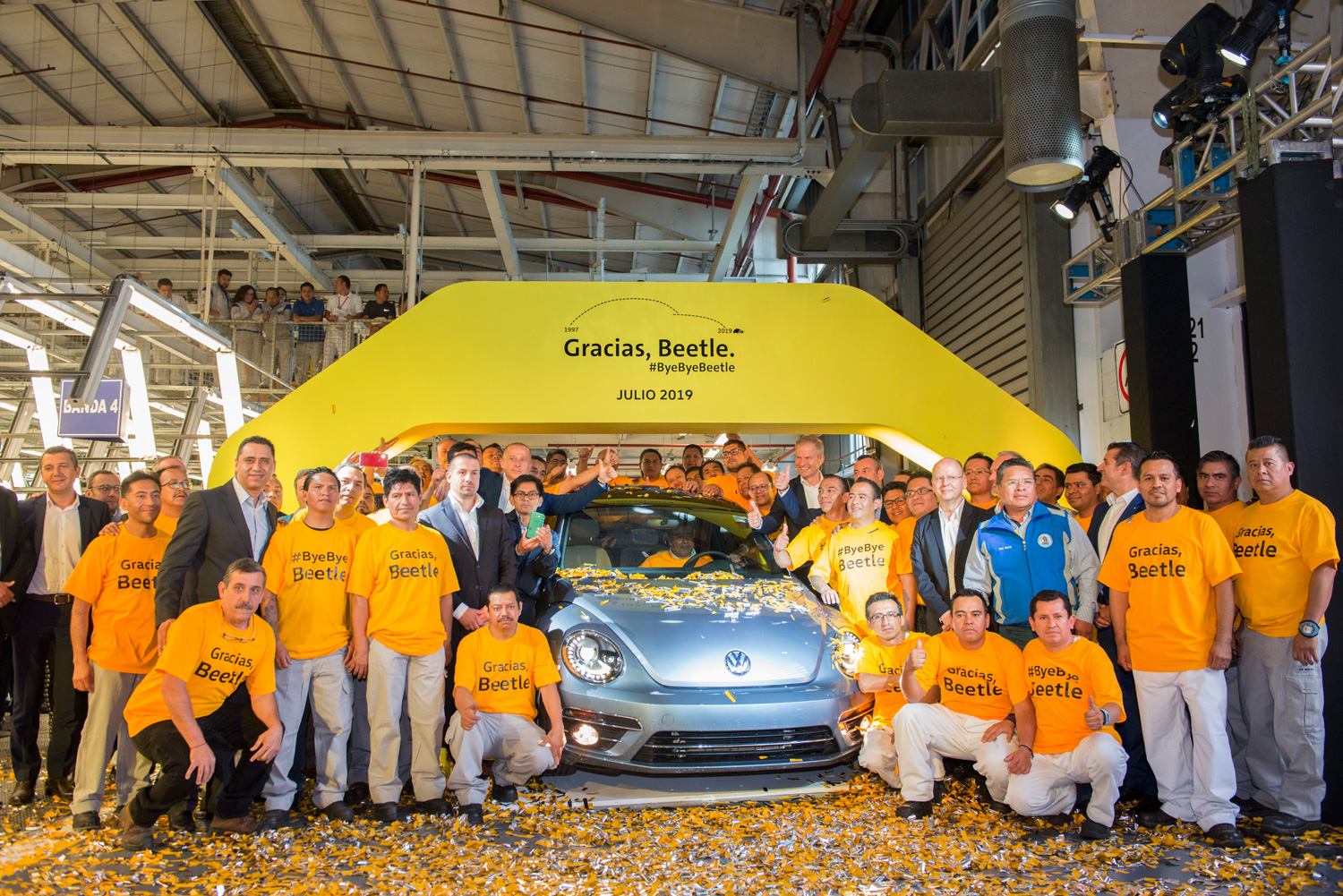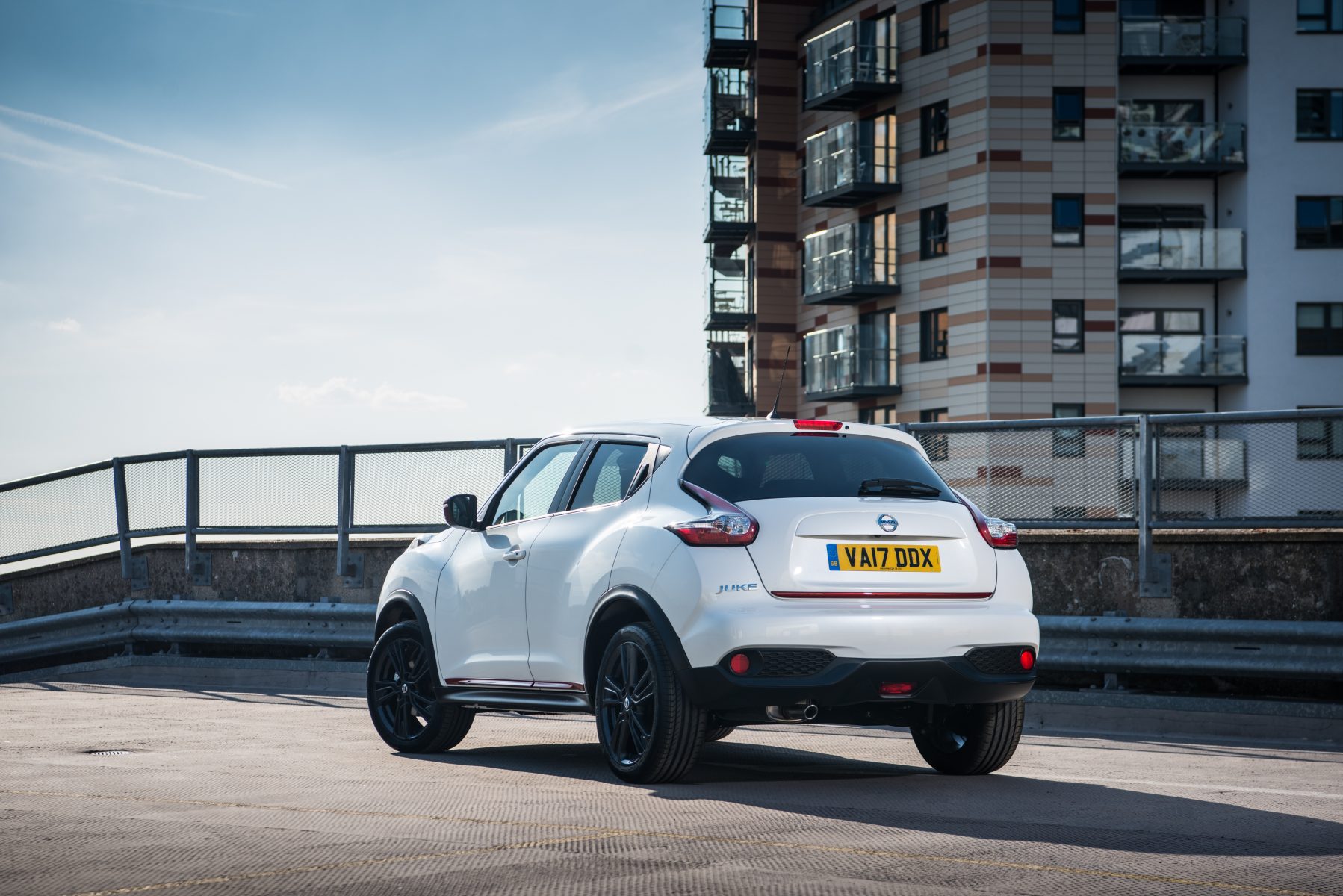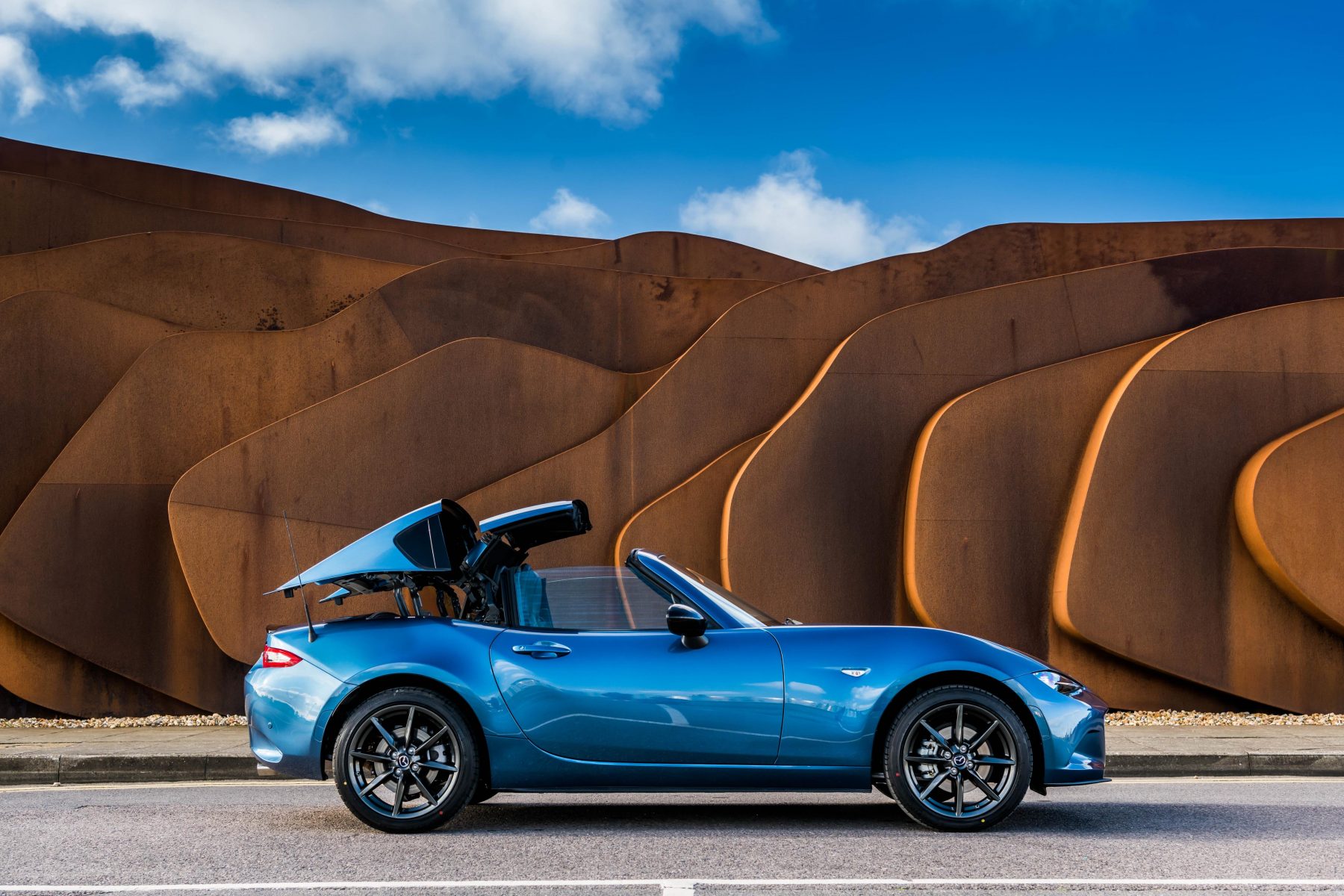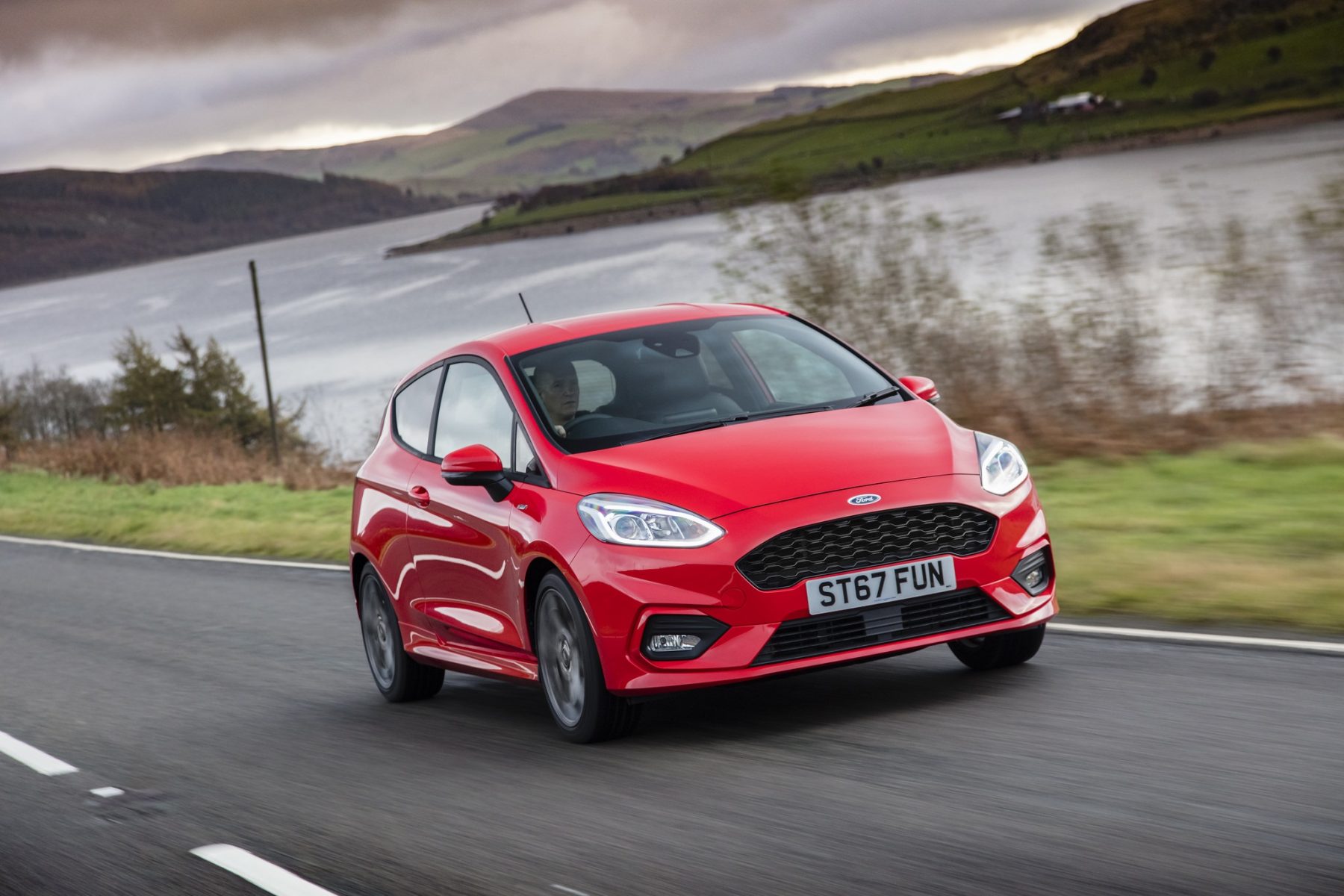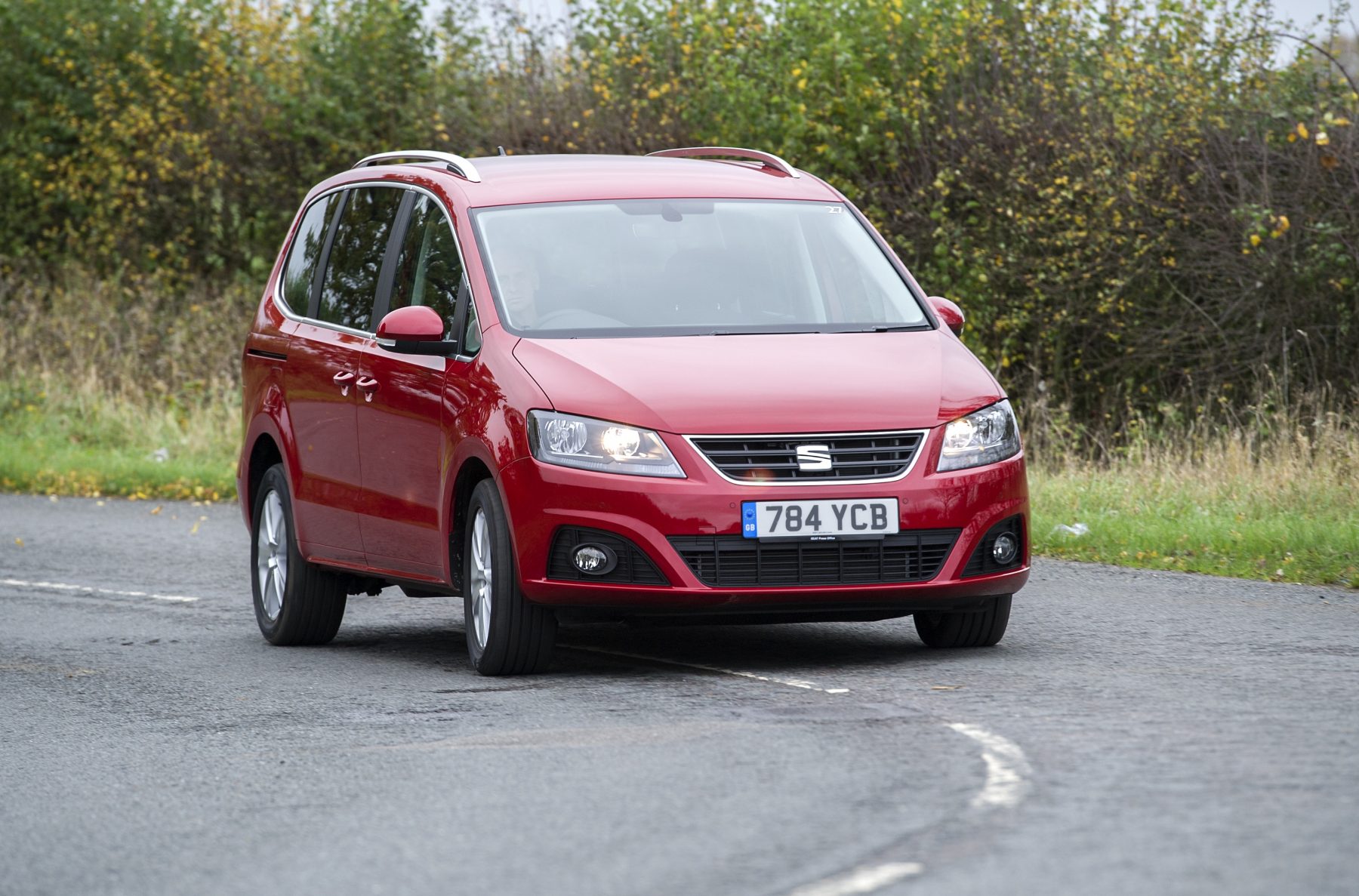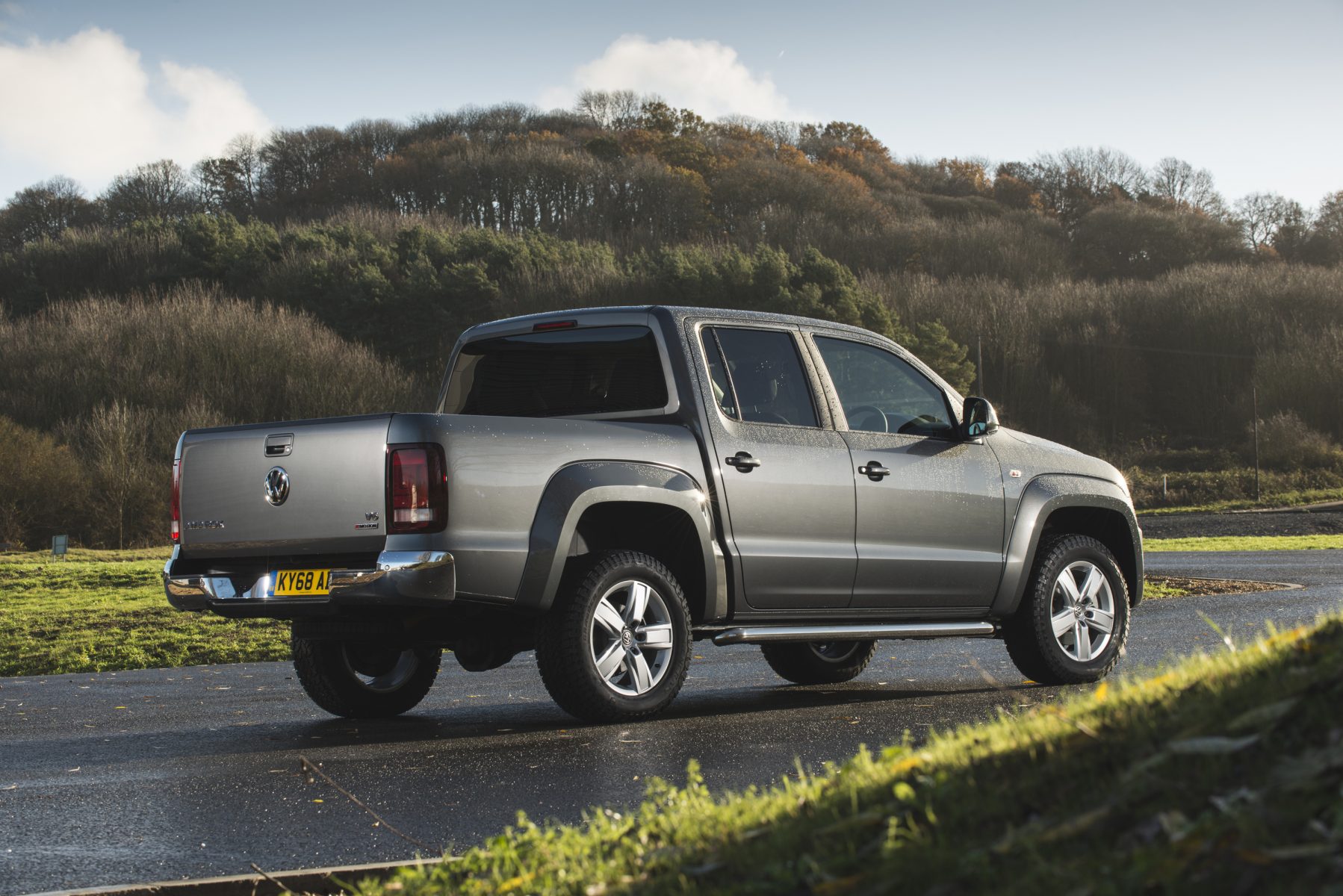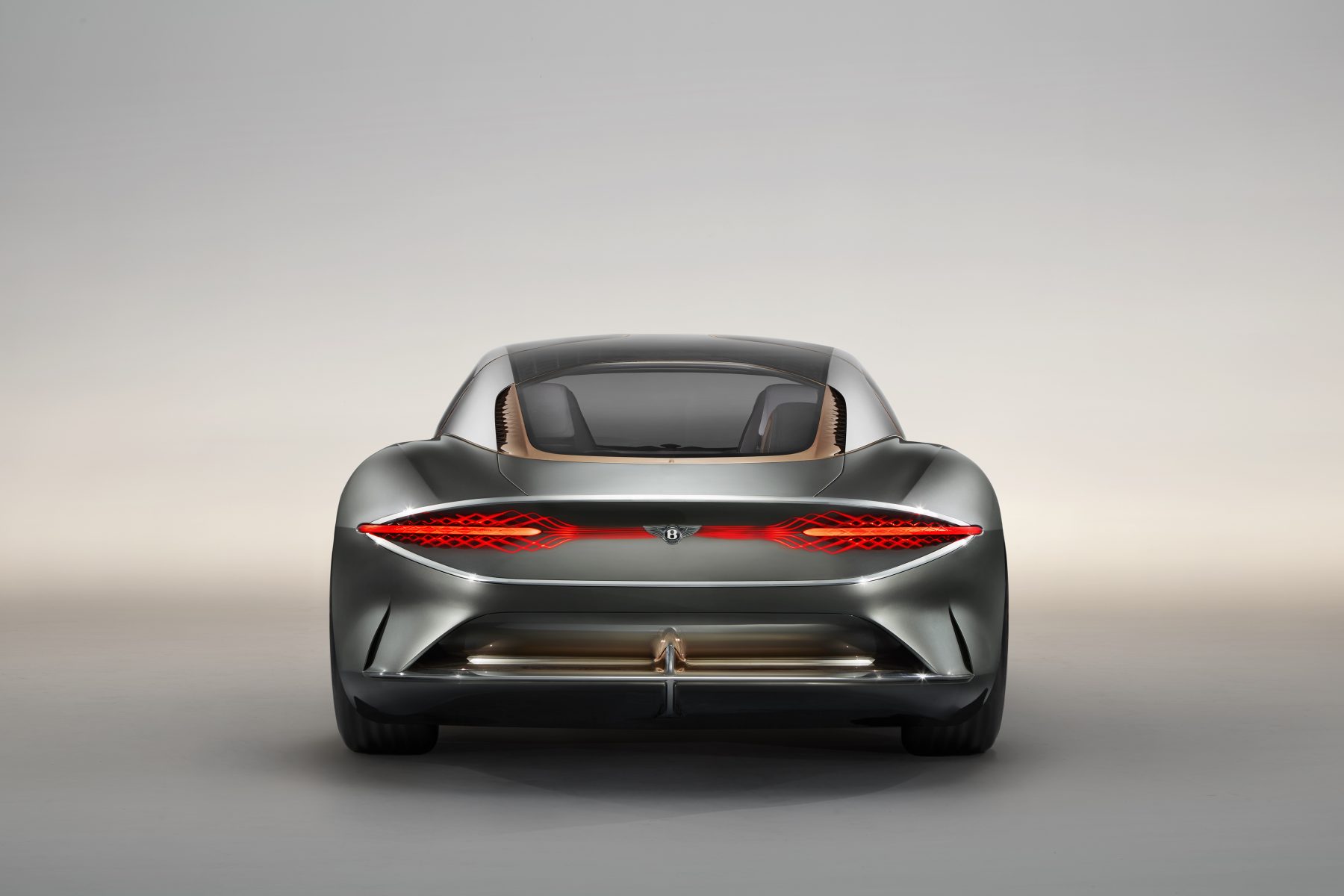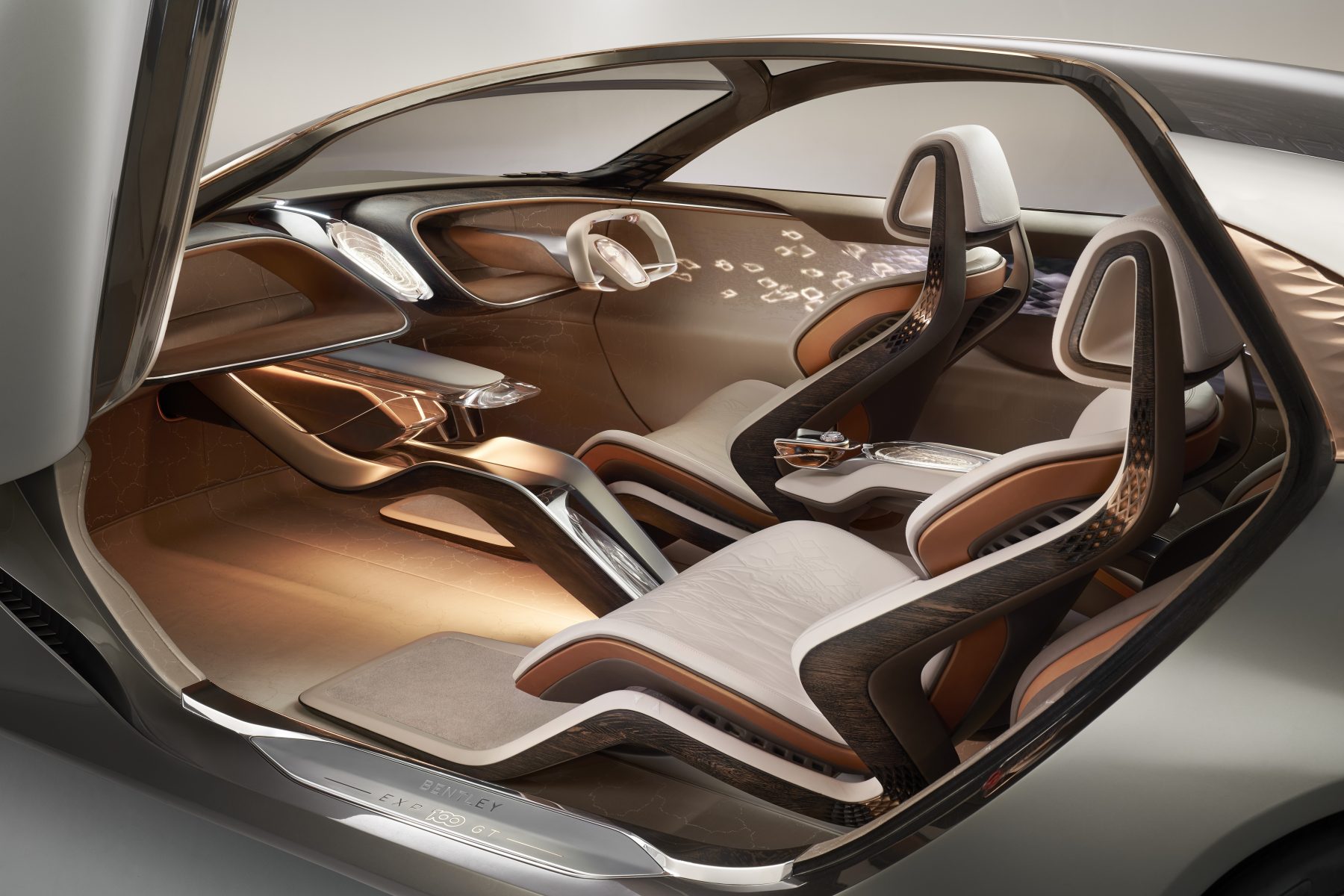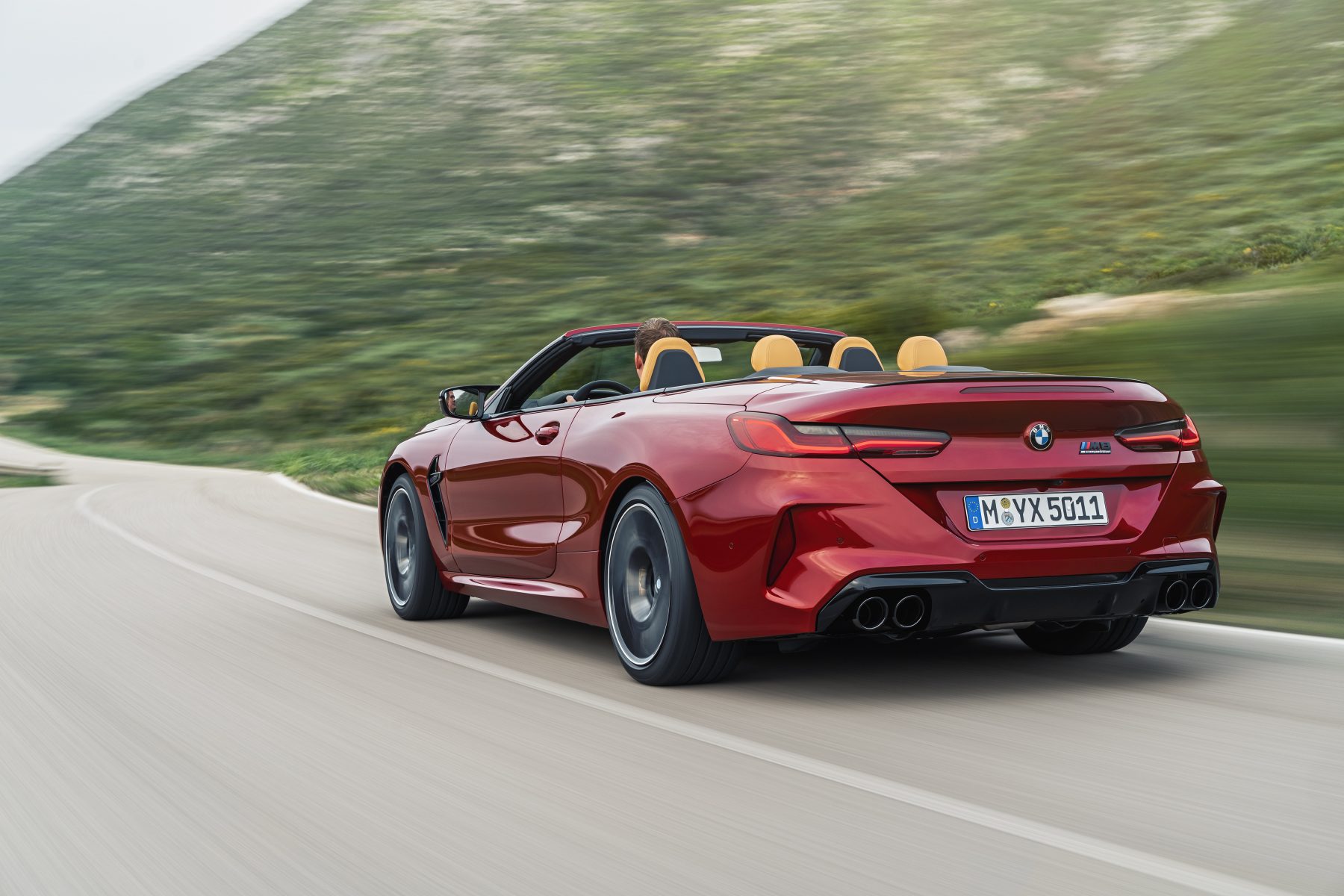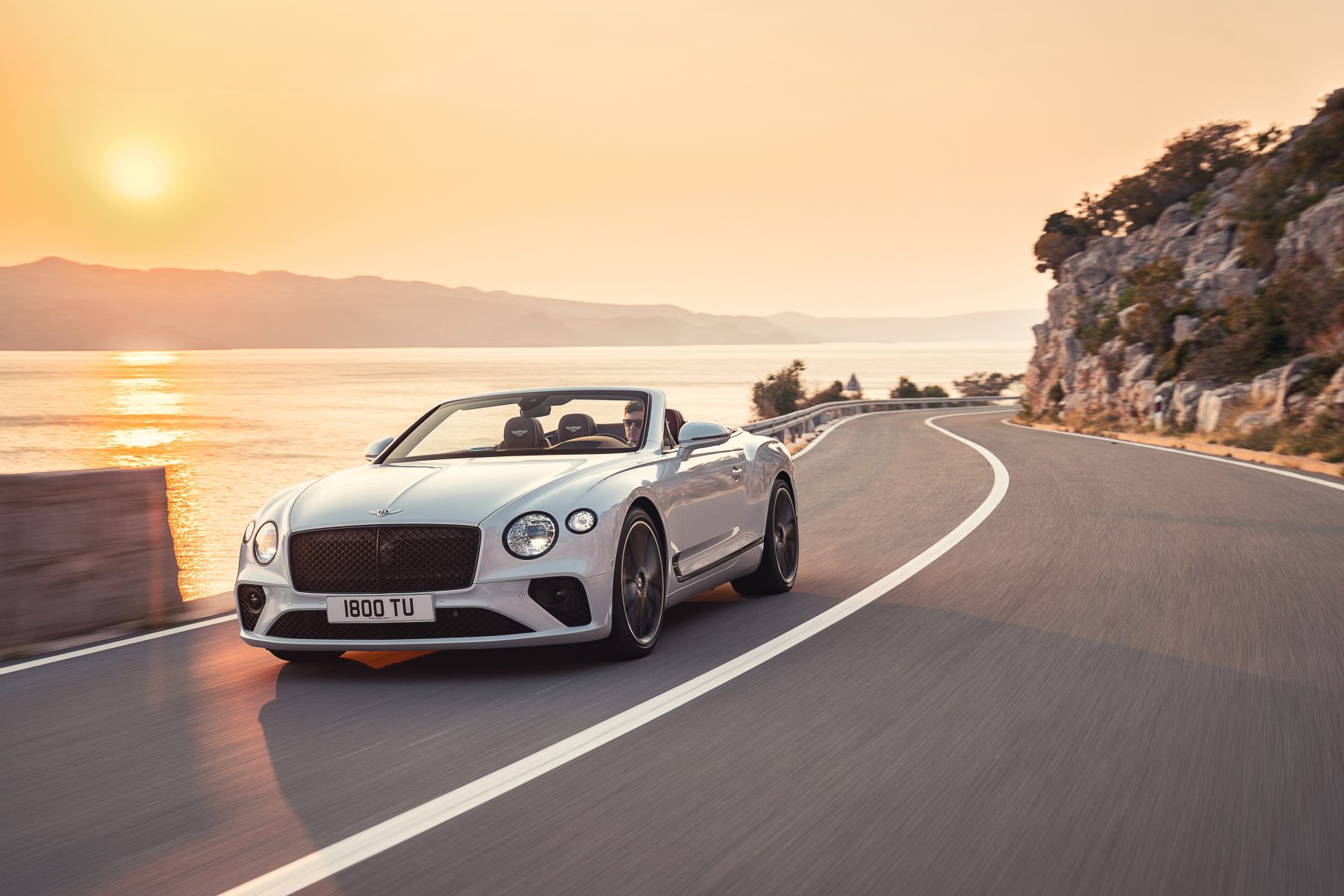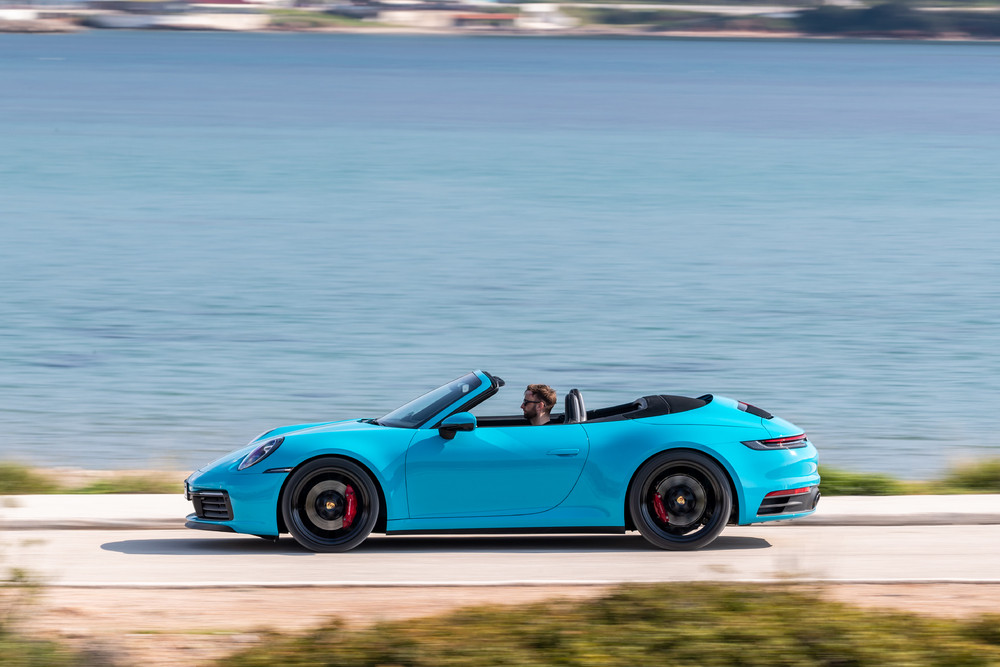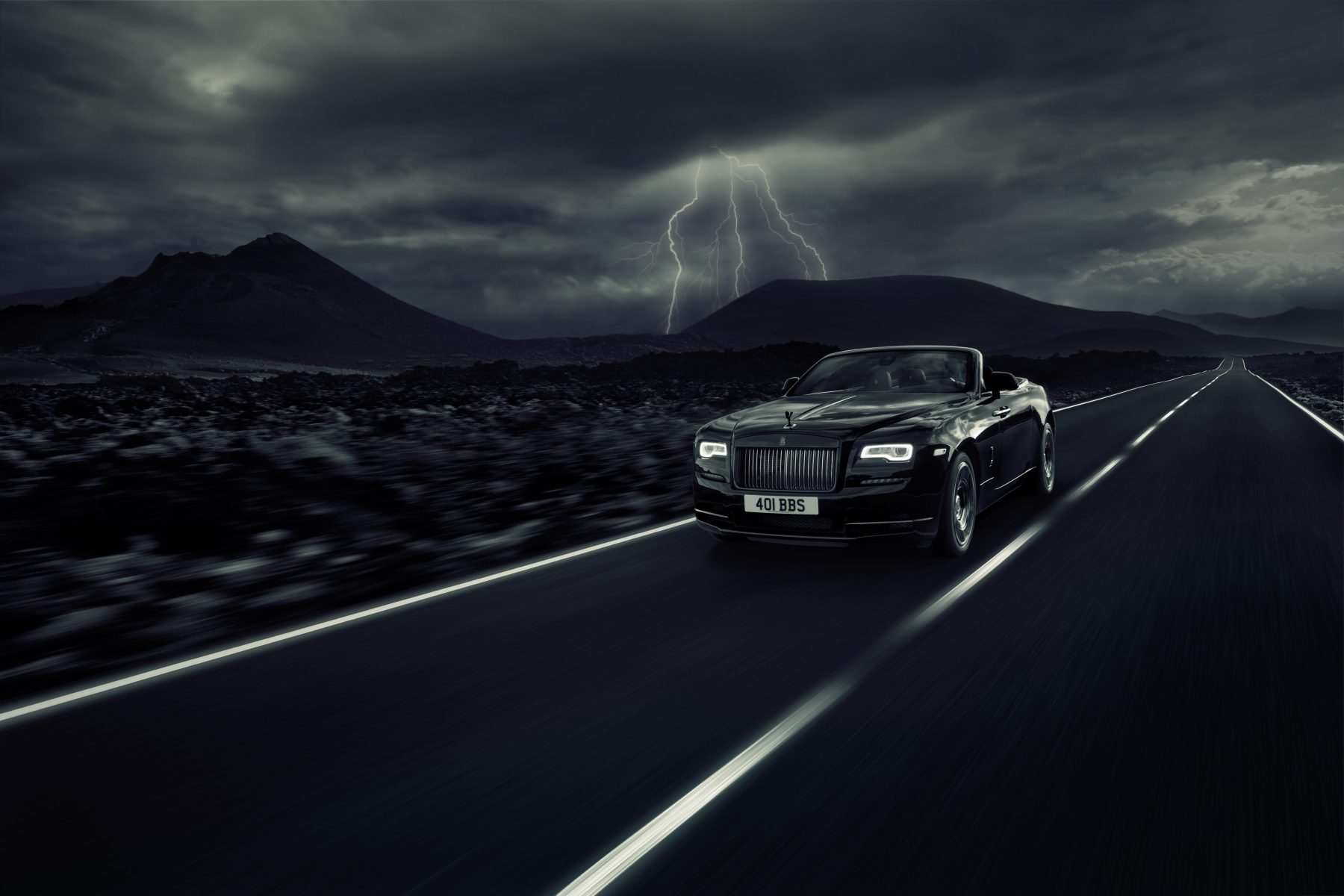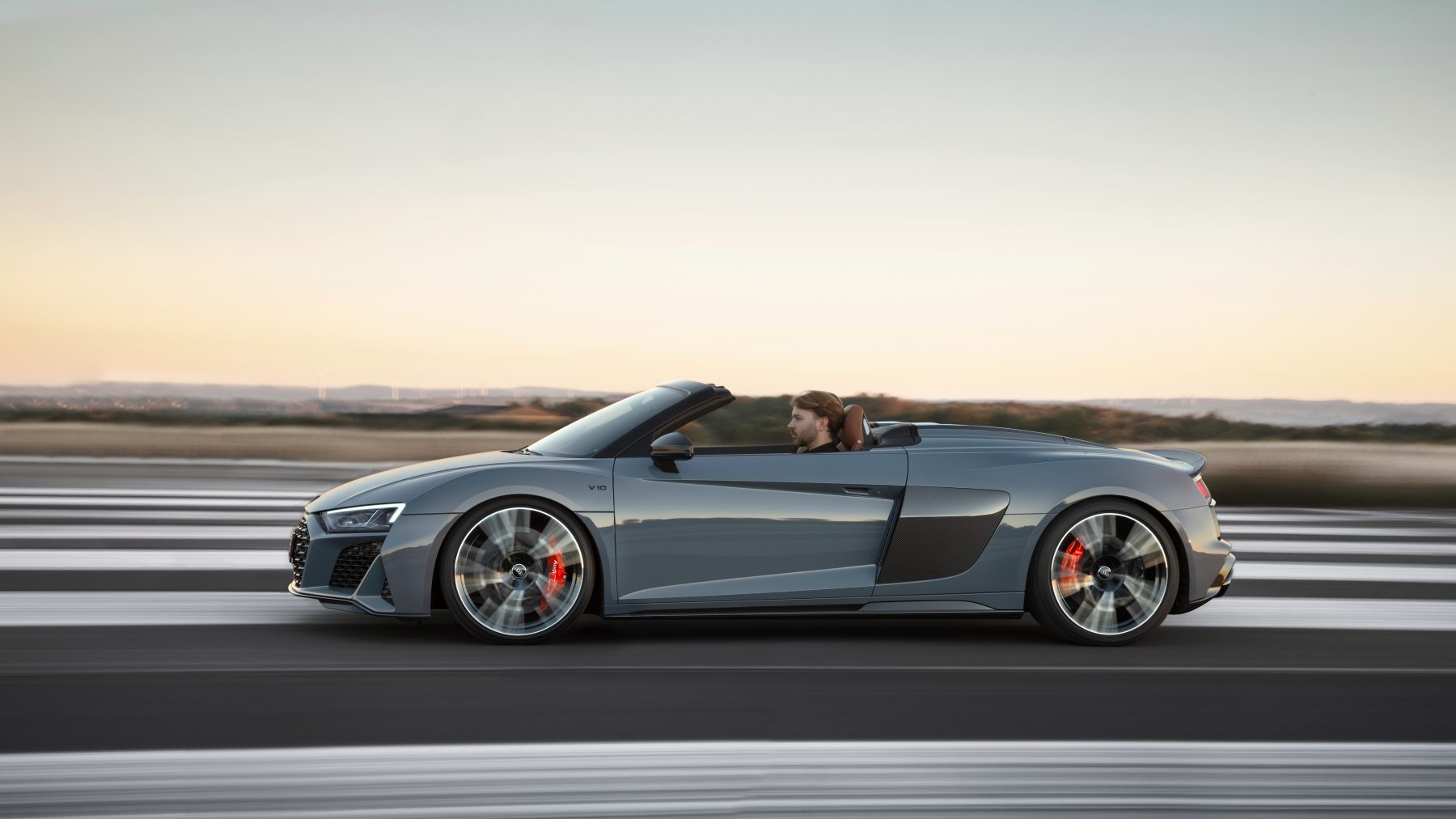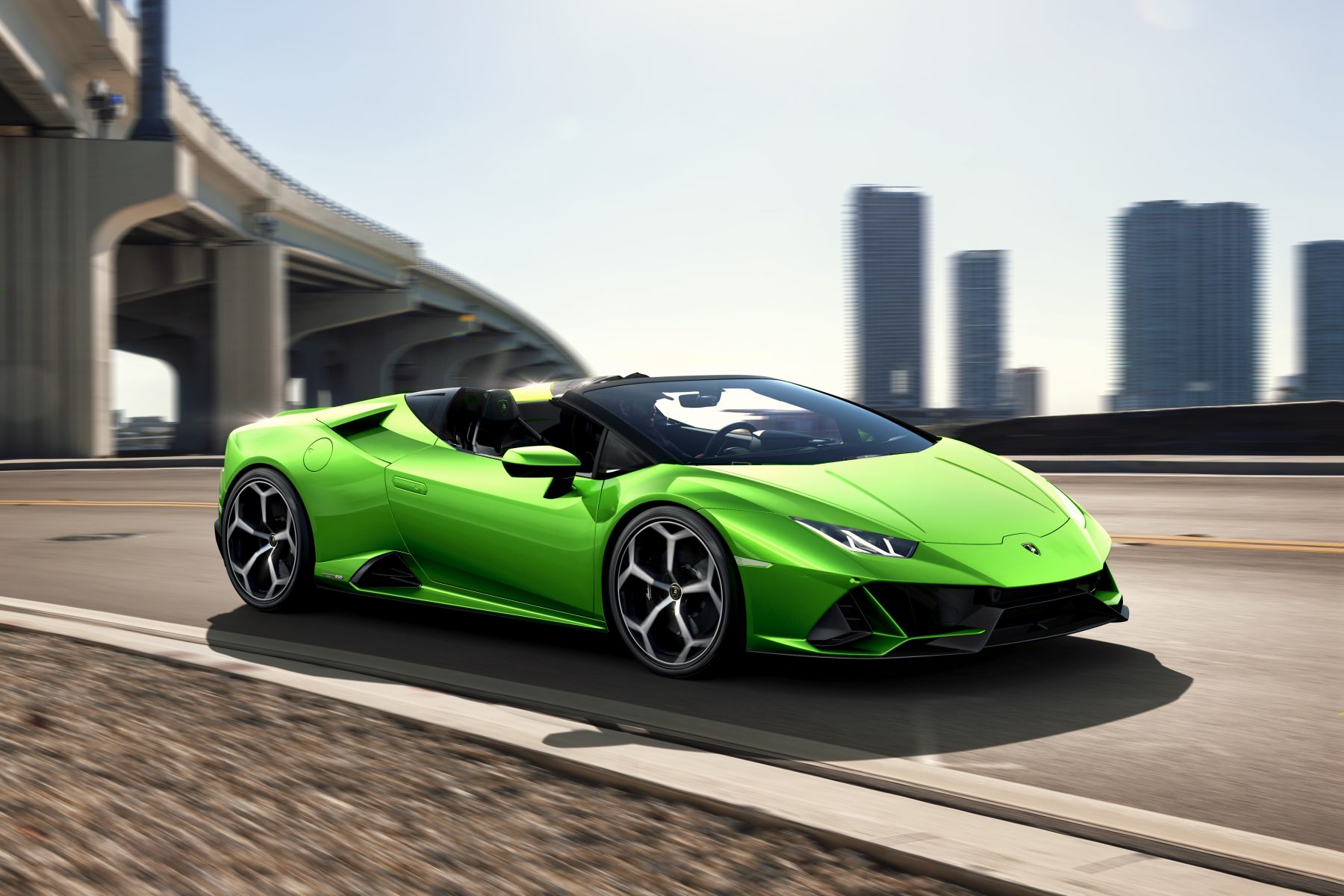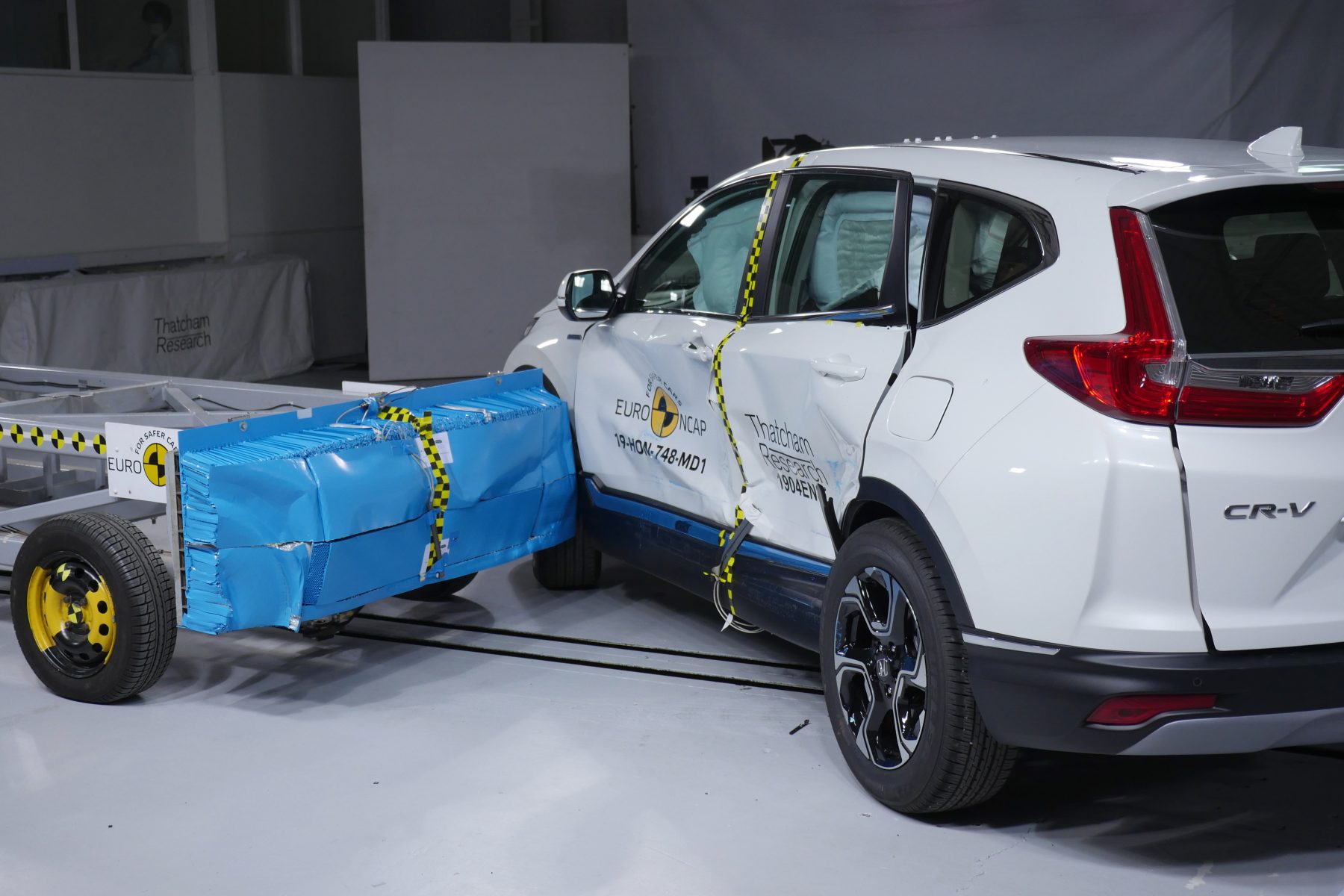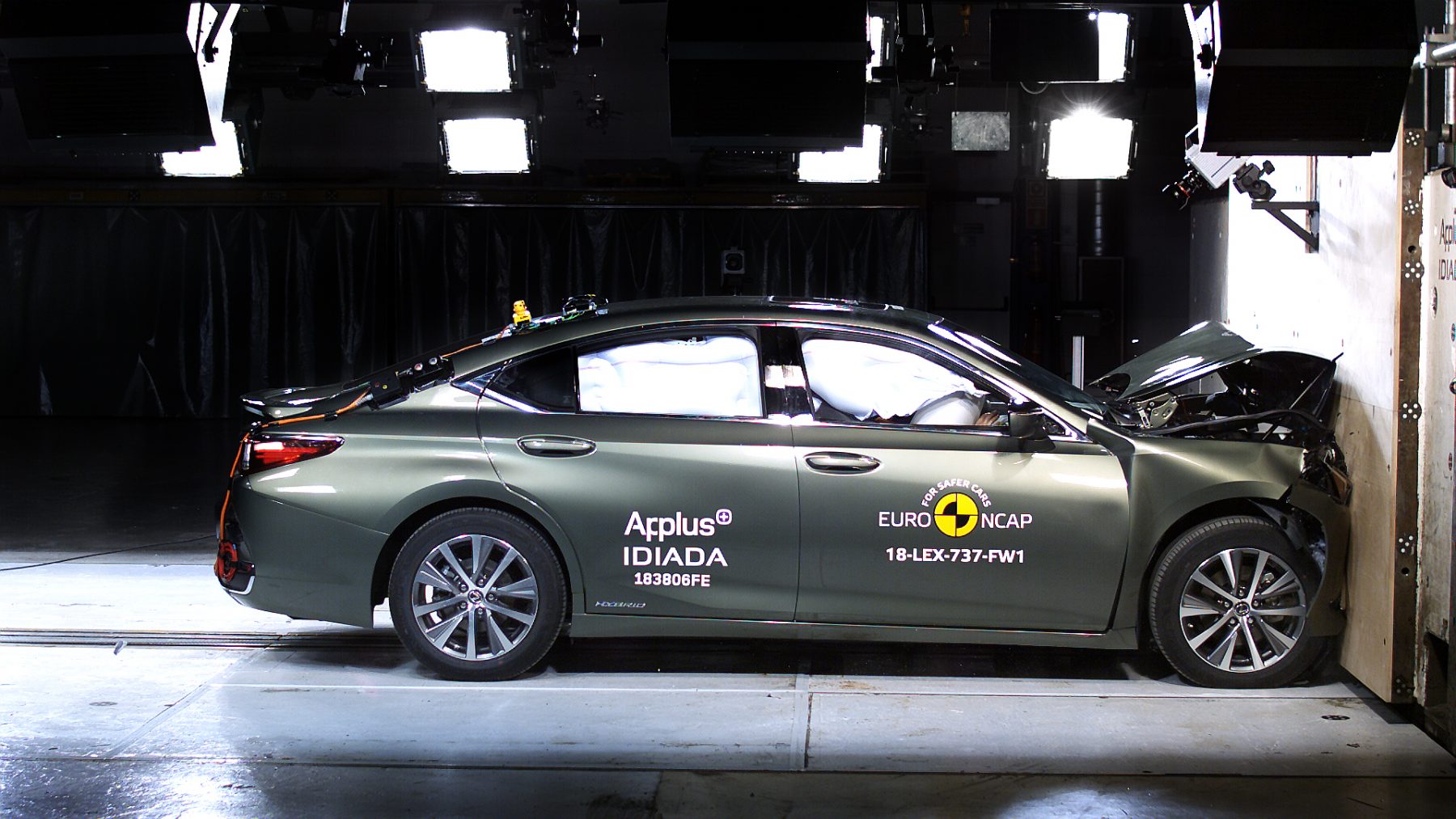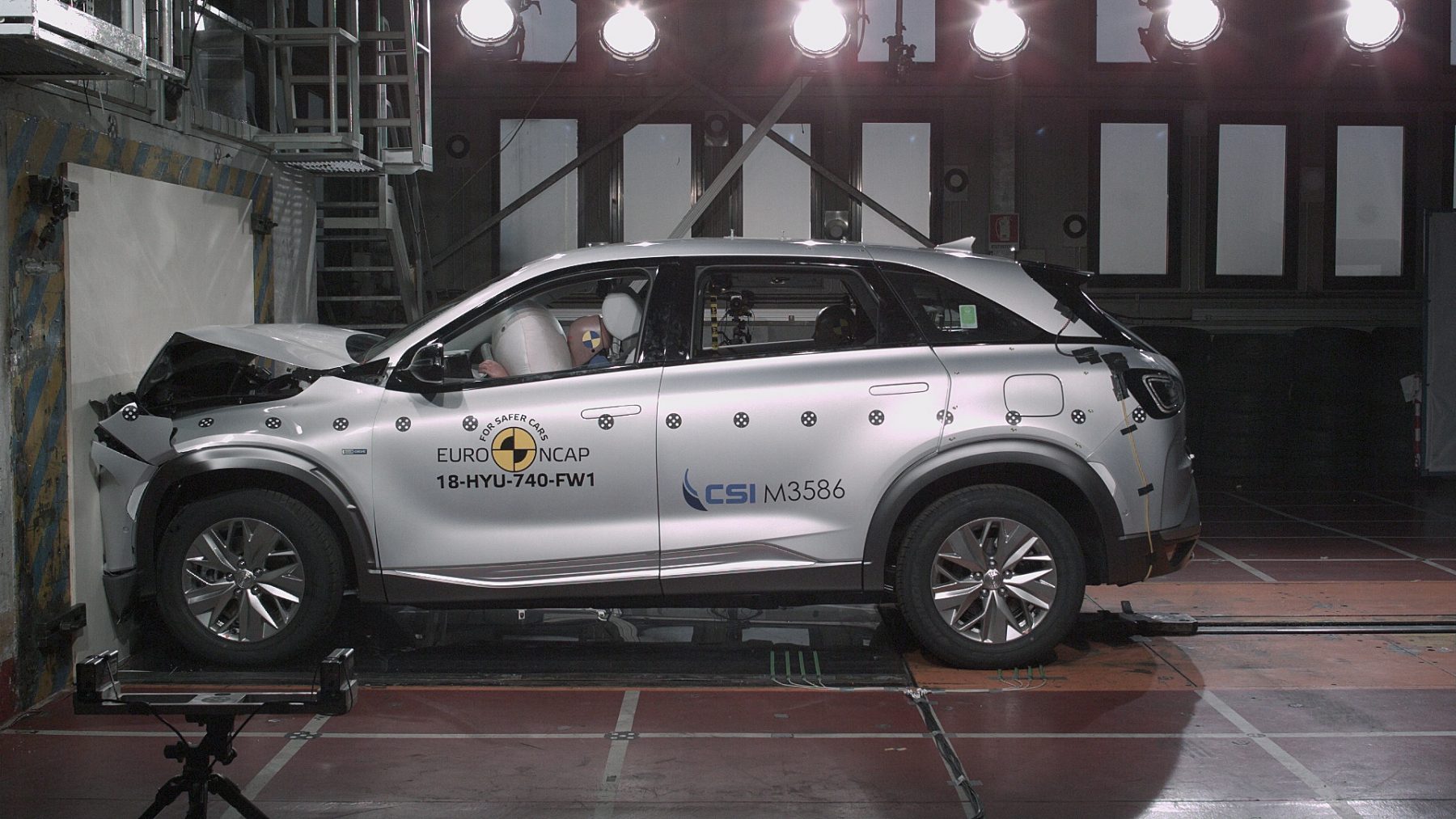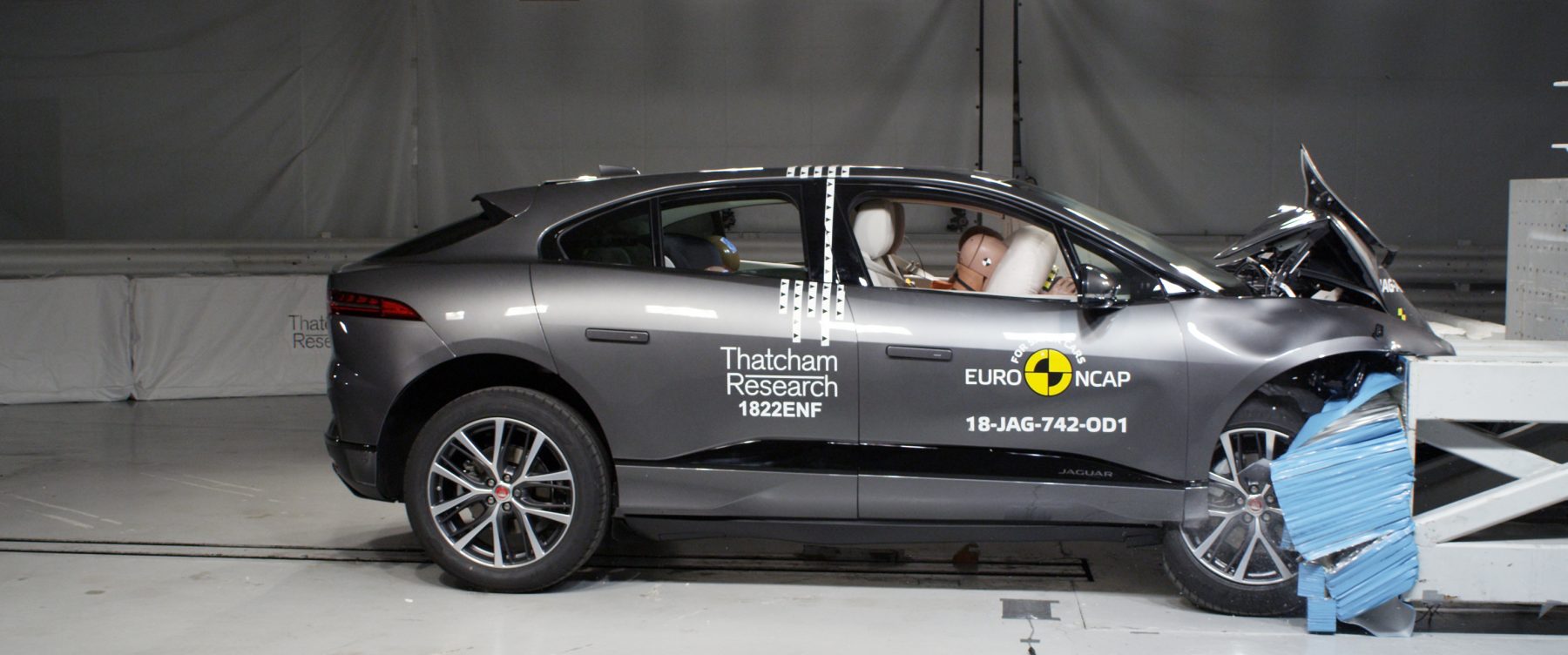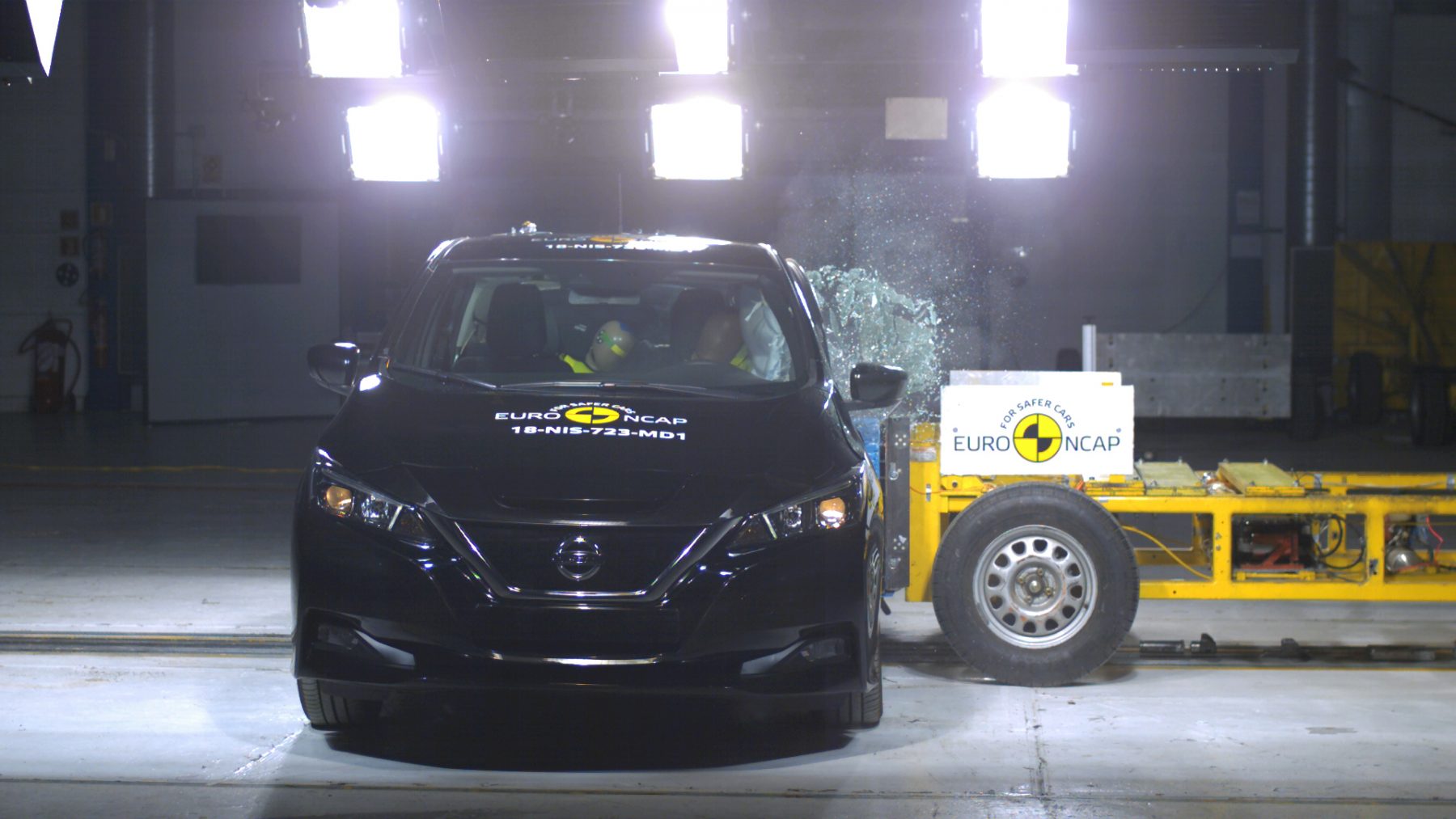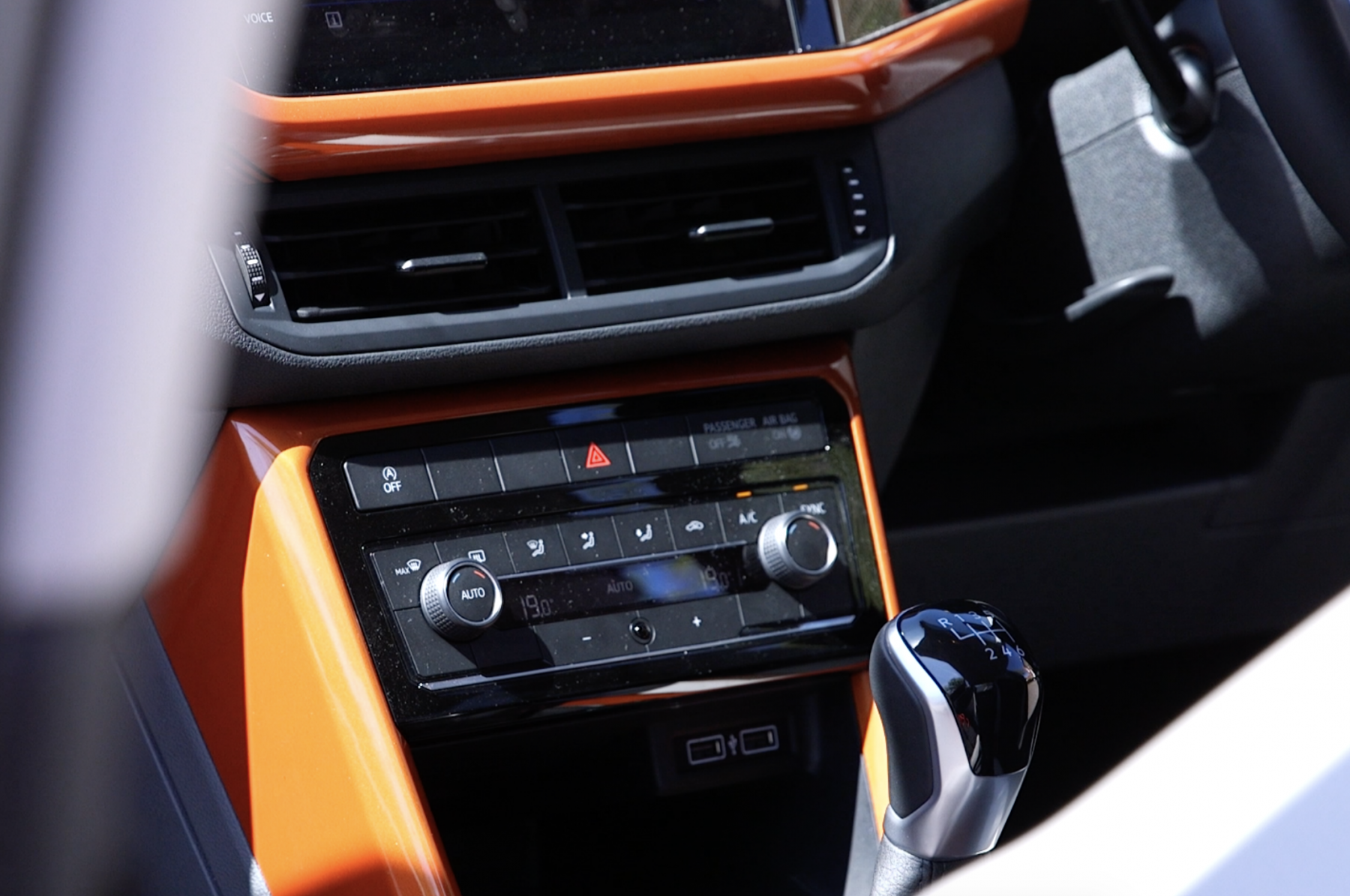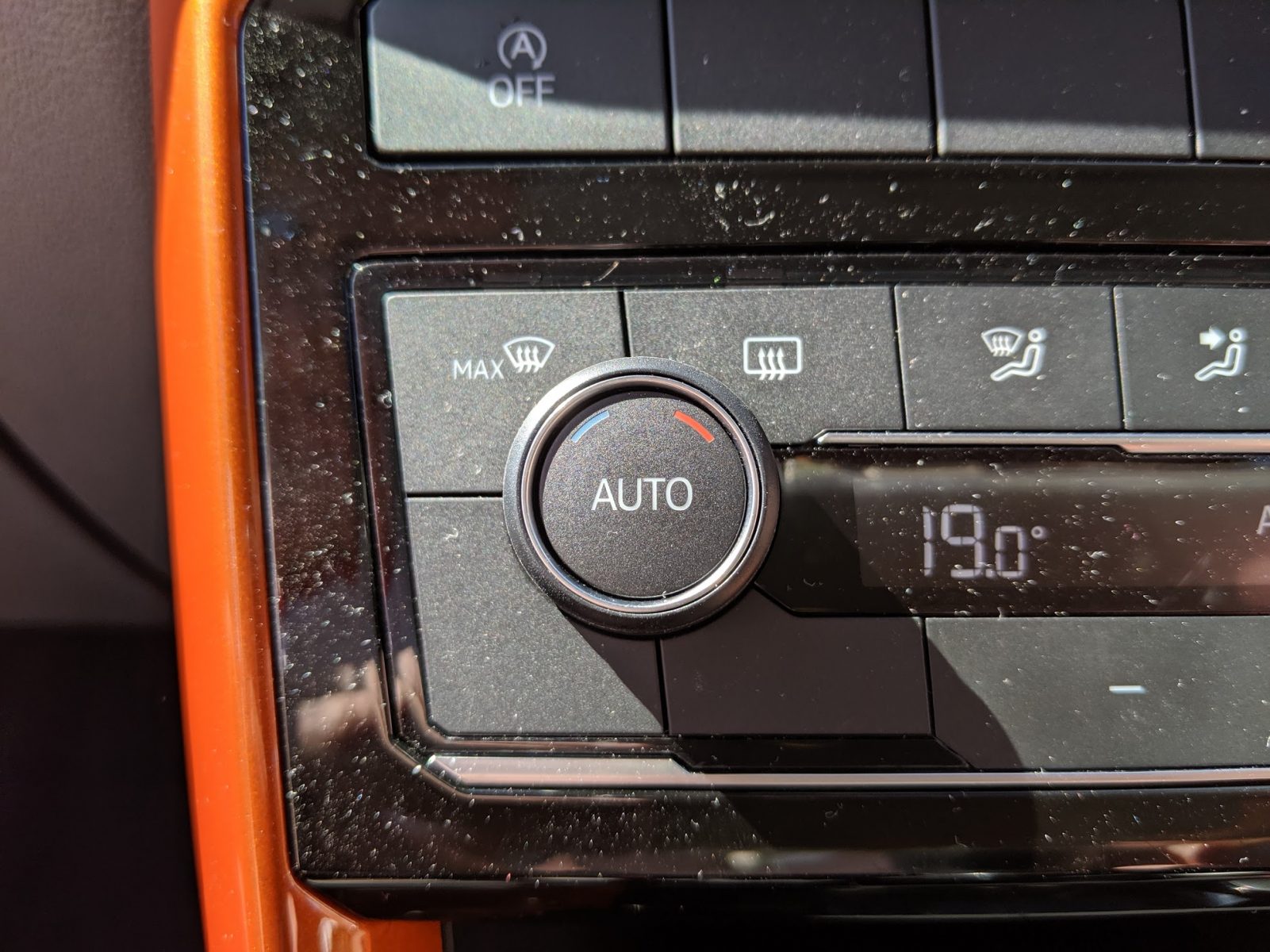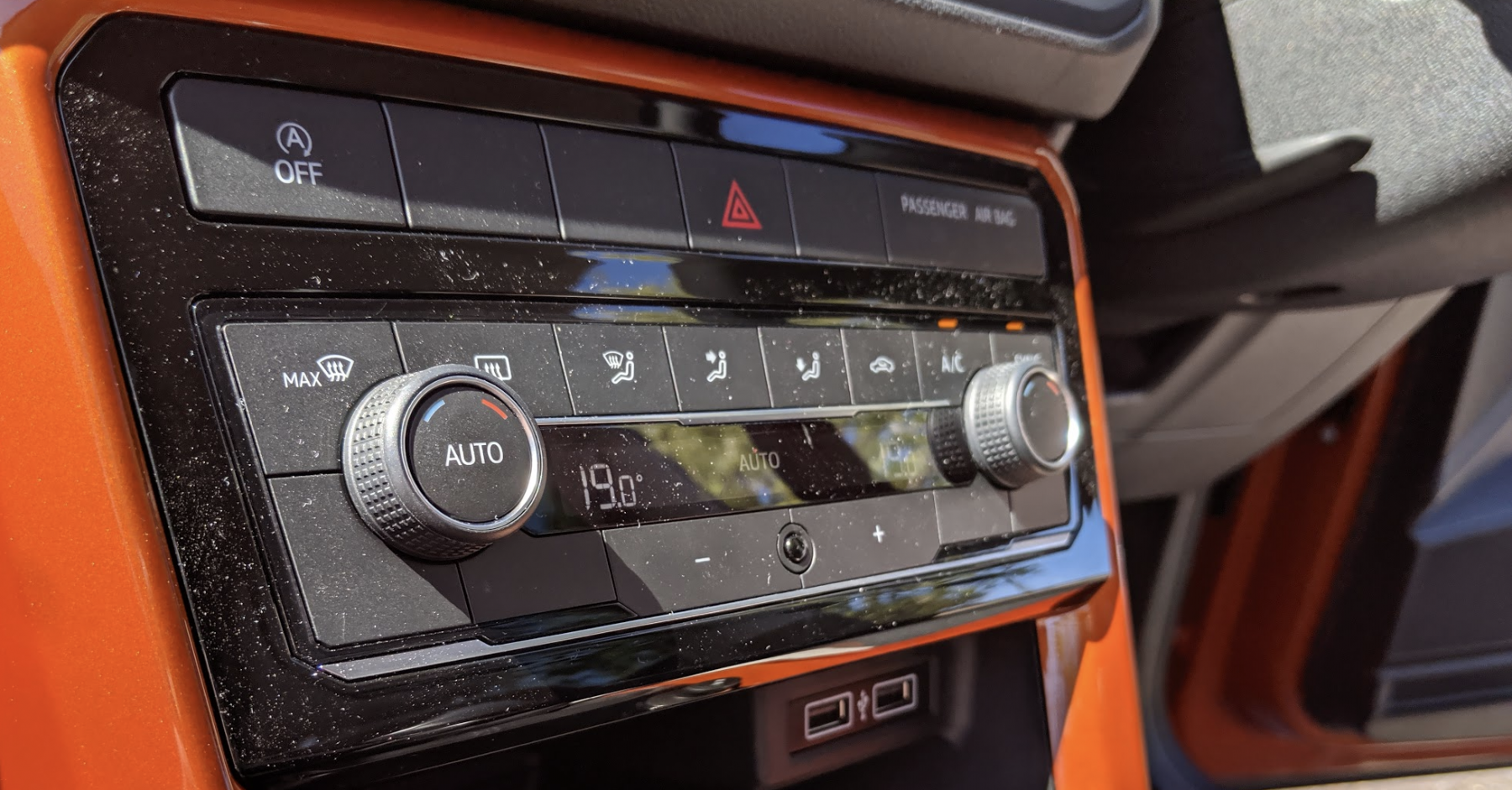When electric cars first started appearing on forecourts across the country, they felt like something of a novelty. For the most part, they arrived wearing all-new nameplates rather than established badges, and were often styled rather differently from the rest of the line-up.
This was the case with hybrids, too. For many years, did anything else look remotely like the Toyota Prius, in the Japanese brand’s arsenal?
Now, electric tech has matured, and the idea of creating an electric version of a popular model is less of a risk; it’s edging ever closer to being a necessity.
Here are some of the established, popular models going electric, now or in the near future.
Jaguar XJ
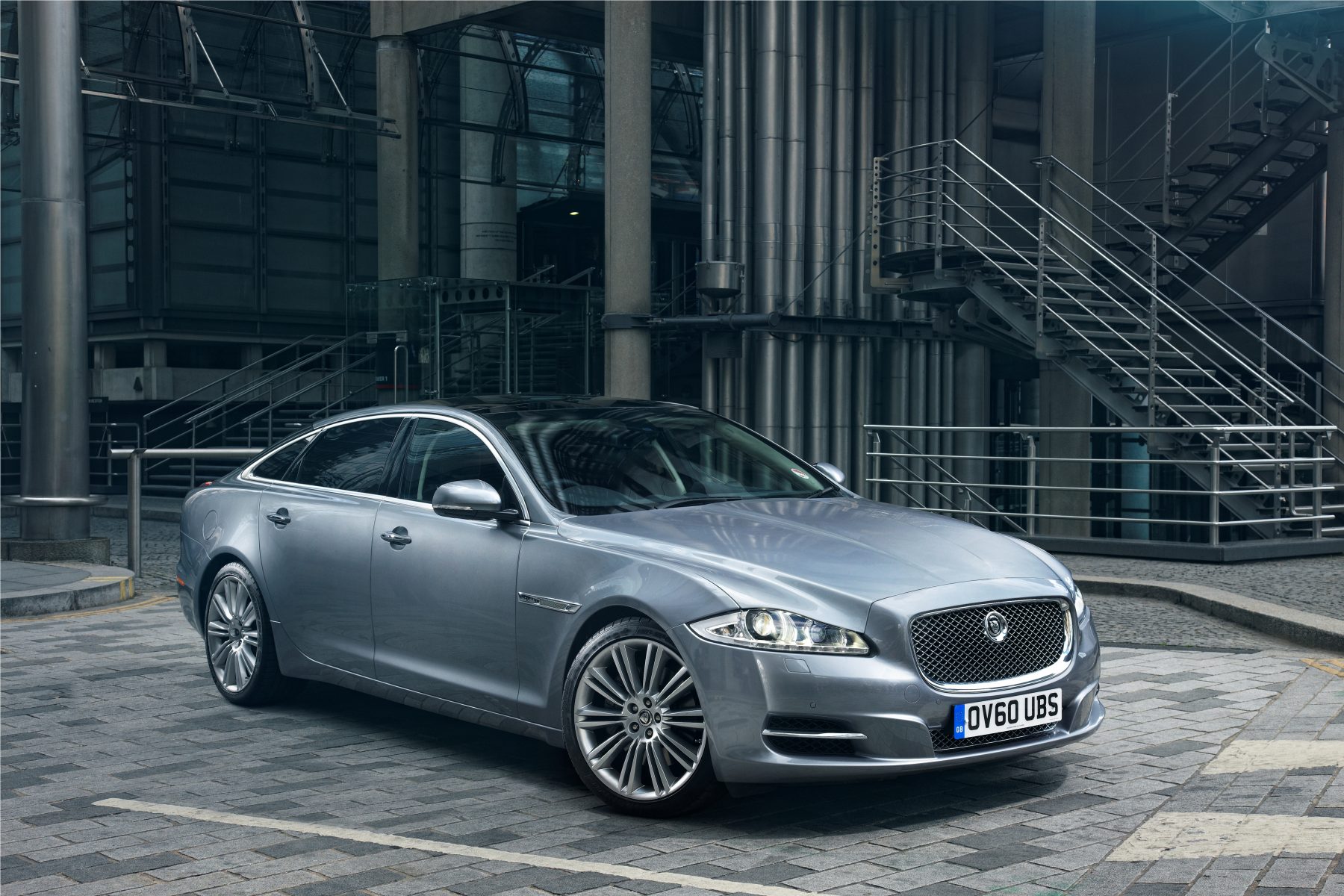 The announcement of increased investment in Jaguar’s electric car manufacturing facilities came wrapped with some surprising news; the XJ, a car that conjures up thoughts of straight-six motors or supercharged V8s, will be going all-electric.
The announcement of increased investment in Jaguar’s electric car manufacturing facilities came wrapped with some surprising news; the XJ, a car that conjures up thoughts of straight-six motors or supercharged V8s, will be going all-electric.
While some will no doubt see this as a shame, the idea of Jaguar’s big, soft flagship gaining the near-silent refinement of electric performance is certainly one that piques our interest.
Vauxhall Corsa
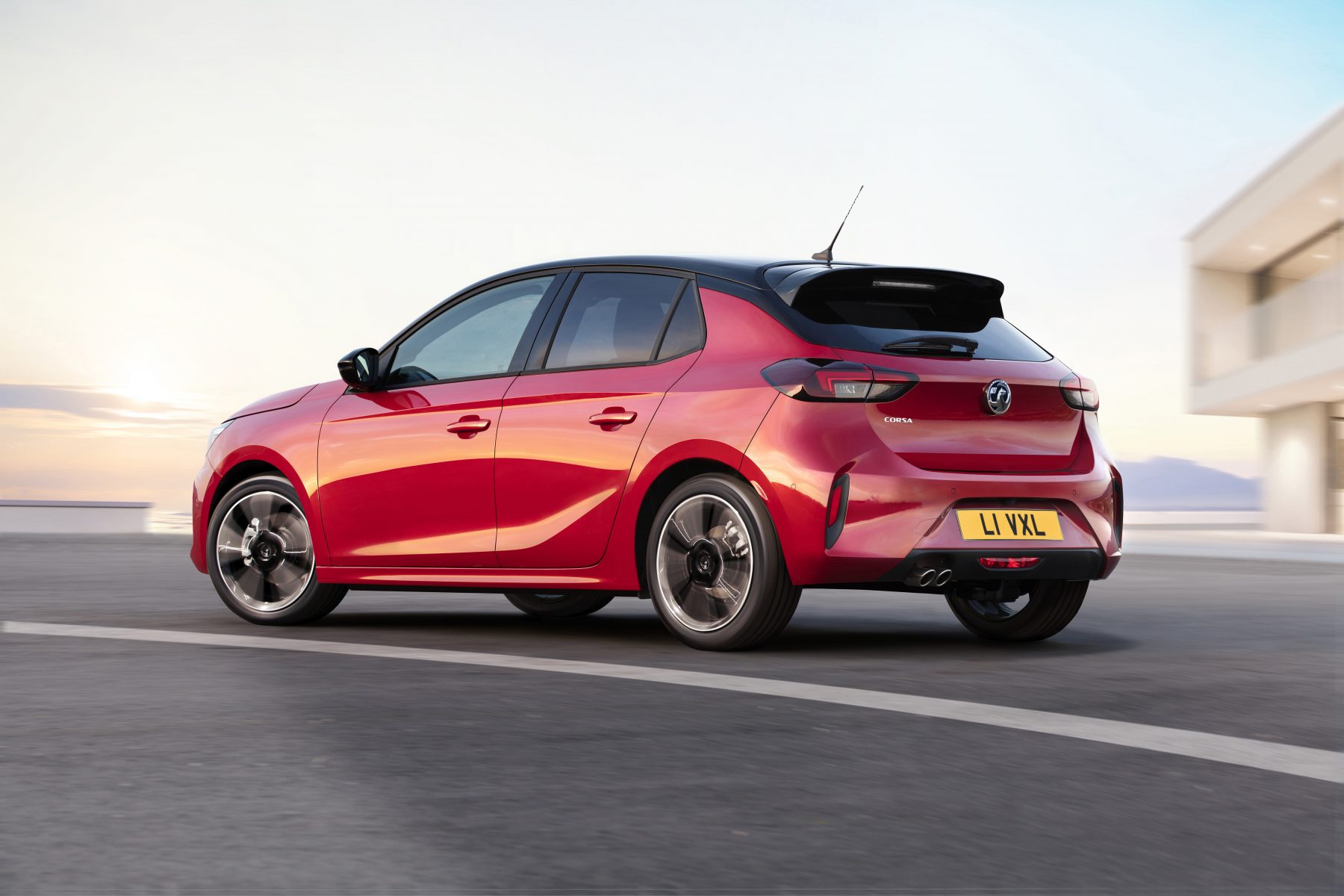 The next Vauxhall Corsa was always going to be a little different, given it’s the first example to be developed with new owners PSA, rather than General Motors.
The next Vauxhall Corsa was always going to be a little different, given it’s the first example to be developed with new owners PSA, rather than General Motors.
But, while the Corsa going electric was certainly big news, it perhaps shouldn’t have been a surprise; with the advancement in battery tech, an electric car can do pretty much everything that the likes of the Corsa is usually asked to do.
Mini
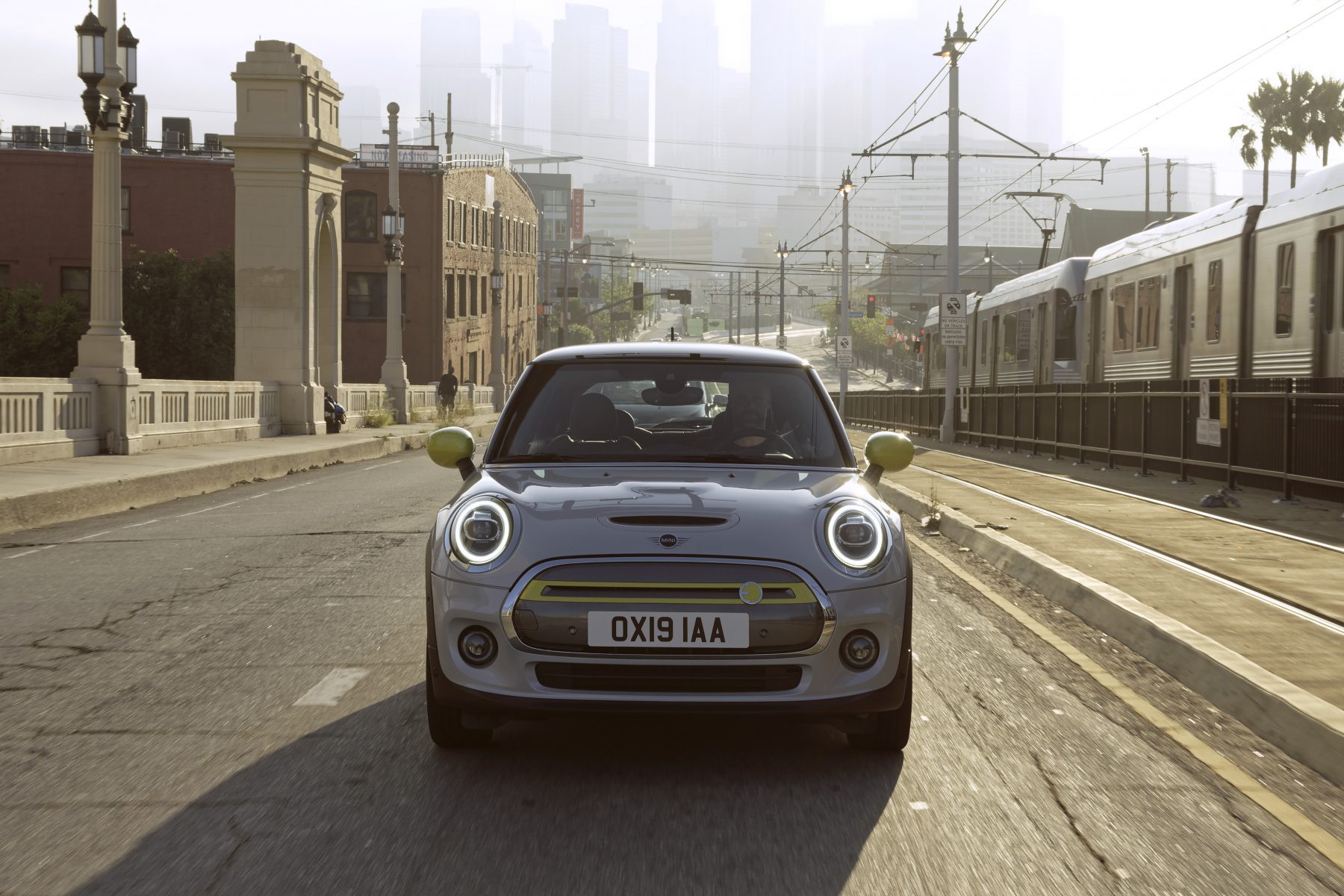 It wasn’t so long ago that the news of a hybrid Mini – albeit a Countryman – seemed like quite a big deal, so the arrival of an electric variant of the Mini itself in the model’s 60thanniversary year was quite the leap forward.
It wasn’t so long ago that the news of a hybrid Mini – albeit a Countryman – seemed like quite a big deal, so the arrival of an electric variant of the Mini itself in the model’s 60thanniversary year was quite the leap forward.
The Mini Electric looks like just the beginning of Mini’s volt forward into the future; a collaboration between parent company BMW and Great Wall Motors is expected to herald further EVs as a part of the German firms’ goal to have 25 electrified cars for sale under its umbrella by 2024.
Volkswagen Golf
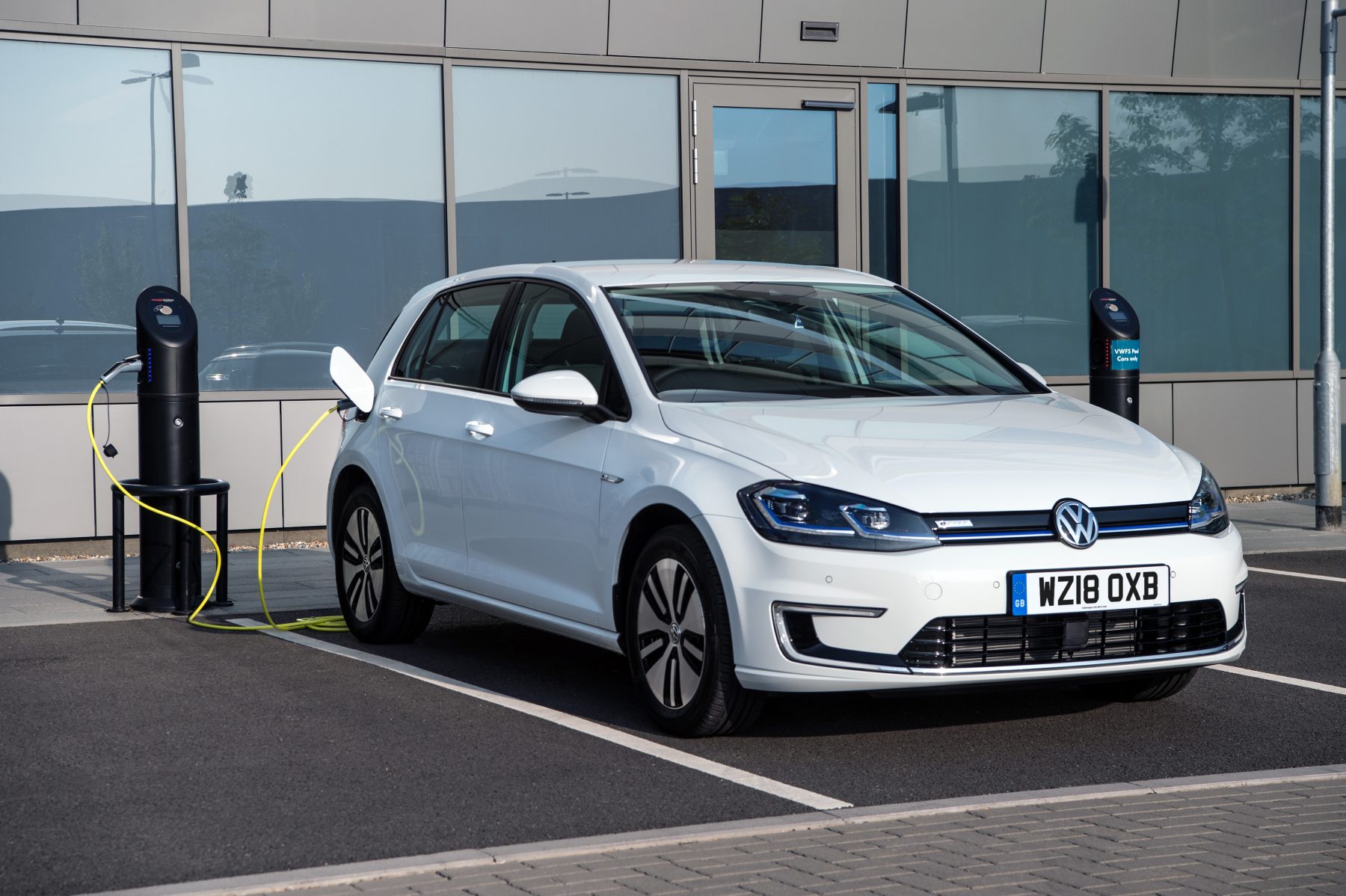 Volkswagen was well ahead of the curve when it came to an electric version of its most popular model.
Volkswagen was well ahead of the curve when it came to an electric version of its most popular model.
Even in the 70s, the MK1 Golf was being used to experiment with replacing the internal combustion engine with batteries, and the German marque sold electric ‘CityStromer’ versions of both the MK2 and MK3 Golf.
As such, it probably shouldn’t have shocked anyone when Volkswagen committed its flagship hatchback to an electric model in 2014. The e-Golf has proven to be a very good example of electric motoring, and its reasonable to expect more of the same from the upcoming MK8 Golf.
Smart ForTwo
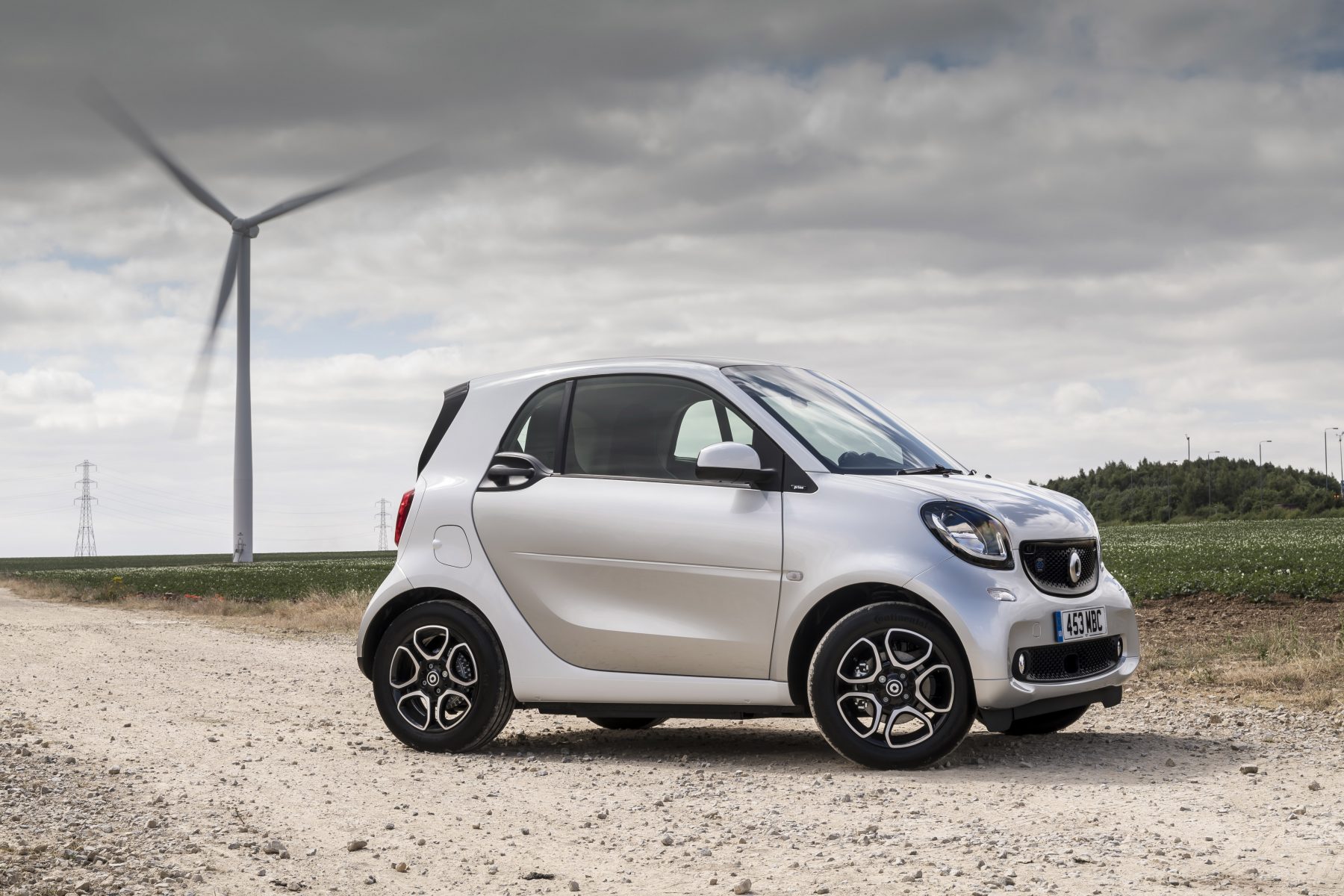 As soon as a big company took on the idea of a small electric city car for a high-volume production run, novel beasts such as the G-Wiz were never going to be long for the world. When Mercedes-owned Smart rolled out an electric version of the ForTwo in the late 2000s, the moment had finally come.
As soon as a big company took on the idea of a small electric city car for a high-volume production run, novel beasts such as the G-Wiz were never going to be long for the world. When Mercedes-owned Smart rolled out an electric version of the ForTwo in the late 2000s, the moment had finally come.
Today, the electric Smart has a solid share of ForTwo sales, and its own badge – EQ.
Ford Transit
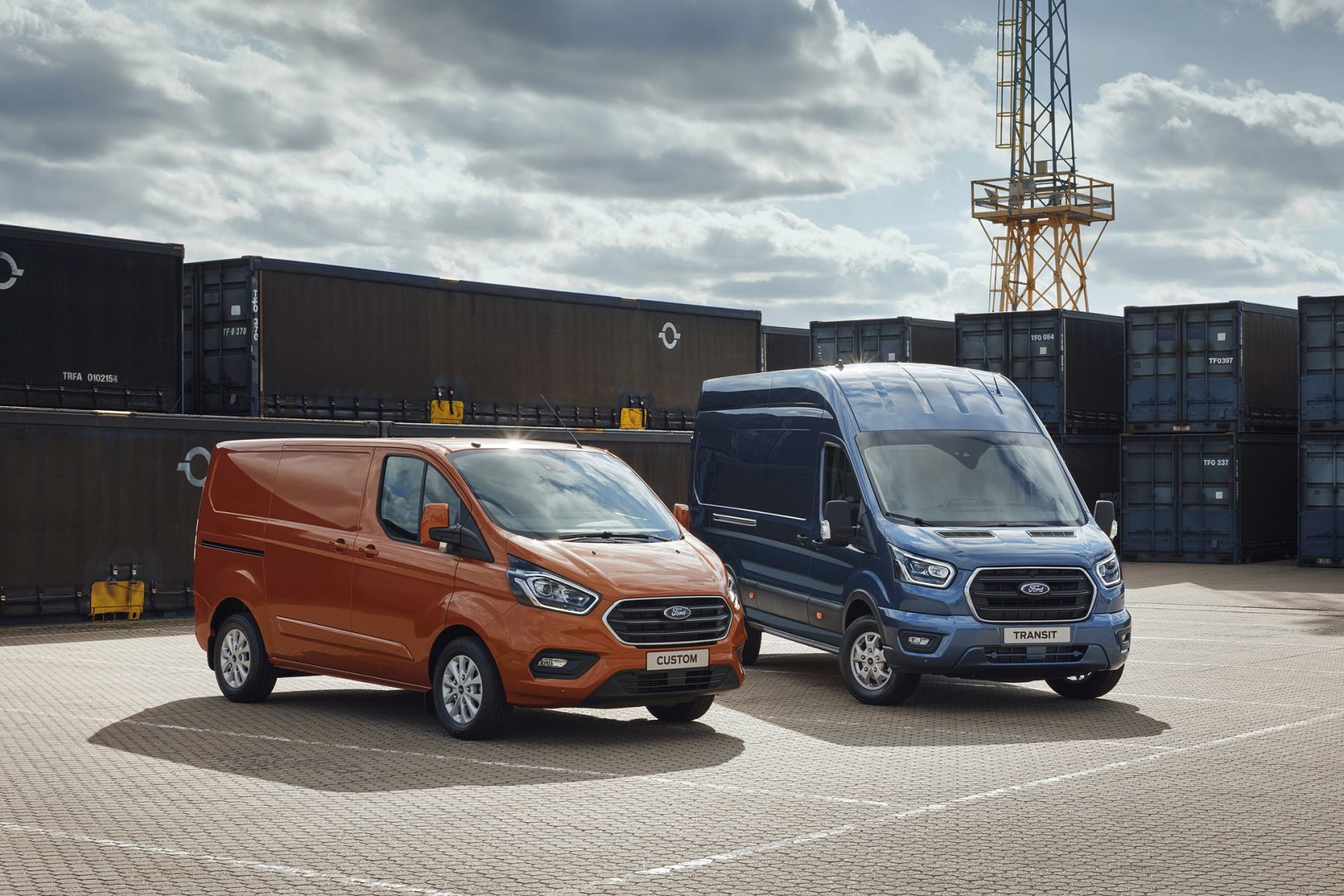 The all-electric commercial vehicle isn’t an entirely new concept, with the likes of Nissan giving businesses an electric option with the E-NV200.
The all-electric commercial vehicle isn’t an entirely new concept, with the likes of Nissan giving businesses an electric option with the E-NV200.
However, the introduction of an electric Transit will likely be something of a watershed moment, as the badge is as synonymous with vans as Hoover is to vacuum cleaners.
Ford has confirmed that the Transit will go electric for 2021.
Peugeot 208
 Given the 208’s platform is the same one Vauxhall’s Corsa is built on, there will be no shortage of small electric hatchbacks in the very near future.
Given the 208’s platform is the same one Vauxhall’s Corsa is built on, there will be no shortage of small electric hatchbacks in the very near future.
However, having never received so much as a hybrid production version before, the arrival of an electric 208 is still pretty big news; and, with an estimated 211-mile range, it should be a very capable EV.
Jaguar E-Type Zero
 And now for something completely different.
And now for something completely different.
Jaguar now offers an all-electric version of its classic E-Type for some £300,000, or ‘just’ £60,000 if you source the car for conversion yourself.
And, while many may cringe at the idea of putting an electric motor in this iconic car, fear not; the changes made to create the E-Type Zero are completely reversible.
If other manufacturers follow Jag’s lead with the concept of electrifying classics, perhaps the battery-driven future might look a little more avant-garde than we thought?

